Want to add a gymnastics bar to your home gym? This article covers everything from types of gymnastics bars to key features and top options. Perfect for those aiming to train or just practice skills at home.
Key Takeaways
-
There are three main types of gymnastics bars: uneven bars, parallel bars, and high bars, each serving unique training purposes.
-
Choosing the right bar involves considering skill level, weight capacity, budget, and adequate clearance space for safety.
-
Key features to prioritize when selecting a gymnastics bar include stability, safety padding, and material durability.
Types of Gymnastics Bars

Gymnastics is a sport that relies heavily on specialized equipment, and bars are among the most critical. There are three main types of gymnastics bars used in artistic gymnastics: uneven bars, parallel bars, and the high bar. Each type has its unique design and purpose, catering to different aspects of gymnastics training and performance.
Uneven bars consist of two bars set at different heights, allowing female gymnasts to perform dynamic transitions and routines that showcase their strength and agility. These bars are essential for developing skills such as kips, casts, and swings, making them a staple in women’s gymnastics.
Parallel bars, designed for male gymnasts, feature two bars positioned at shoulder height. They allow for a wide range of balance and swinging movements, helping athletes build upper body strength and coordination.
The high bar, also known as the horizontal bar, is a single bar set at approximately 2.78 meters high, enabling gymnasts to perform spectacular aerial maneuvers. Made of steel with a smaller diameter, the high bar enhances grip and supports dynamic routines.
Choosing the Right Bar for Your Home Gym
Selecting the right gymnastics bar for your home gym is crucial for maximizing your training benefits. First, consider your skill level. Beginners should opt for bars with lower heights to ensure safety and ease of use, while advanced users might prefer higher options to challenge their abilities.
Weight capacity is another critical factor. Ensure the bar you choose can support your body weight, typically at least 250 pounds, to accommodate dynamic movements safely. Setting a budget beforehand is also wise, as gymnastics bars come in a wide price range. This helps you narrow down your options without compromising quality.
Finally, proper clearance space around the bar is essential for safe practice. Ensure you have sufficient room above and around the bar to prevent accidents and allow for comfortable movement.
Key Features to Look for in Gymnastics Bars
When shopping for gymnastics bars, stability and safety should be at the top of your list. Freestanding bars should have a wide base with non-slip feet to prevent tipping, while wall-mounted bars need secure anchoring to ensure they remain firmly in place.
Safety features are equally important. Look for bars with adequate padding at contact points to minimize the risk of injury. For example, the Tumbl Trak Junior PRO Gymnastics Bar is lauded for its stability and adjustability, making it suitable for various skill levels. Brands like BINTIVA offer sturdy bars with protective pads, adding an extra layer of safety during use.
The material of the bar significantly impacts its durability and usability. Metal bars offer sturdiness, wood provides a better grip, and plastic is lighter and more portable. Adjustable bars are also a smart investment, as they can accommodate a child’s growth and skill progression.
Benefits of Having a Gymnastics Bar at Home

Having a gymnastics bar at home offers numerous benefits, especially for young gymnasts. Consistent practice on a home bar can significantly enhance comfort and strength over time. Parents often report their children’s excitement in practicing basic skills at home, which boosts their confidence and enthusiasm for the sport.
Moreover, access to a gymnastics bar at home allows athletes to work on specific skills they enjoy, fostering a positive attitude towards training. This not only helps in skill development but also keeps the motivation levels high. One parent shared how their daughter’s practice on a home kip bar was crucial in improving her gymnastics skills.
A home gymnastics bar can serve as a powerful motivational tool, encouraging frequent engagement with the sport and facilitating continuous improvement. This consistent practice is vital for young athletes aiming to excel in gymnastics.
Top-Rated Gymnastics Bars on the Market

When it comes to top-rated gymnastics bars, the XY Gymnastics Bar stands out for its stability and adjustability, making it ideal for both beginners and advanced gymnasts. Users appreciate its robust construction and the ability to adjust the height as needed.
The ABC Horizontal Bar is another popular choice for home use due to its compact design and easy assembly. It has received positive feedback for its sturdy construction, making it a reliable option for home gyms.
For those seeking professional-grade features, the ZQ Uneven Bars offer exceptional safety measures, although they come at a higher investment. The DEF Parallel Bars are favored for their versatile use, allowing athletes to perform a wide range of exercises safely. These bars come equipped with safety features like rubber caps and reinforced frames, providing peace of mind during training.
Beginners often prefer smaller, adjustable bars like the GH Adjustable Bar due to their affordability and ease of use, while advanced gymnasts may opt for more robust options like the IJ Pro Bar for its superior load capacity and professional features.
Installation Tips for Gymnastics Bars

Proper installation of gymnastics bars is essential to ensure safety and functionality. Always use appropriate mounting hardware that can support the weight and activity levels of the users. This prevents any risk of the bar coming loose during use.
For ceiling-mounted bars, confirm that the ceiling joists can handle the stress before drilling. This step is critical to avoid structural damage and ensure the bar is securely installed. Following the manufacturer’s instructions closely is also crucial for proper assembly and safety.
Taking these steps seriously can prevent accidents and provide a secure environment for gymnastics practice at home.
Maintenance and Safety Tips
Maintaining your gymnastics bar is key to ensuring its longevity and safety. Regular inspections are necessary to identify any wear or damage, such as loose screws or frayed cables. This proactive approach helps prevent accidents and ensures the equipment remains safe for use.
Stability checks are also essential. Make sure the bar remains secure after installation to avoid any tipping hazards. Implementing a cleaning routine using suitable solutions to sanitize the equipment can prolong its lifespan and reduce health risks. Store the gymnastics equipment in a dry, ventilated area away from direct sunlight to protect it from degradation.
Educating users on the correct usage of the equipment can minimize wear and ensure adherence to safety protocols. Following the manufacturer’s maintenance guidelines, which may include lubricating parts and tightening bolts, is crucial for safe and effective use.
Training Exercises Using Gymnastics Bars

Gymnastics bars offer a wide range of exercises that can enhance strength and technique. Practicing at home can supplement gym training by providing additional time to refine techniques. Kids can perform fundamental exercises such as pullovers, which are essential for building foundational strength.
Pull-ups are excellent for enhancing upper body strength and grip. Rope climbing can be incorporated to significantly improve grip strength, which is vital for executing moves on gymnastics bars. Core workouts, such as leg lifts, contribute to the strength needed for maintaining leg positions during bar routines.
Press handstands help gymnasts gain the strength required for various circling skills on the bars, while handstand holds are crucial for mastering the inverted position needed for many bar skills. Regularly spotting cast handstands is essential for mastering transitions between different bar skills.
Athlete Testimonials
Athletes who have incorporated a gymnastics bar into their home training routine report significant improvements in their performance. Many find that having a bar at home drastically improves training consistency, allowing for more frequent practice in a familiar environment.
Using a gymnastics bar at home makes it easier to work on specific skills at their own pace, leading to better mastery of routines. Regular practice has led to significant improvements in strength and technique, contributing to higher scores in competitions.
Athletes also share that they feel more confident and prepared for competitions after consistent home training.
Summary
Investing in a gymnastics bar for your home gym can provide numerous benefits, from enhancing skill development to maintaining consistent practice. Understanding the types of bars, choosing the right one, and ensuring proper installation and maintenance are key steps in creating a safe and effective training environment.
With the right equipment and dedication, gymnasts can significantly improve their performance and enjoy the journey of mastering new skills. Start exploring the options today and take the first step towards a more rewarding gymnastics experience.
Frequently Asked Questions
What type of gymnastics bar is best for beginners?
For beginners, adjustable gymnastics bars like the GH Adjustable Bar are ideal as they provide lower heights and ease of use, facilitating a better learning experience.
How much space do I need to install a gymnastics bar at home?
You need ample clearance space above and around the gymnastics bar to ensure safety and comfortable movement. This typically means providing at least 7 to 8 feet of vertical space and several feet of horizontal clearance on either side.
How do I maintain my gymnastics bar?
To maintain your gymnastics bar, regularly inspect it for wear and damage, clean it with appropriate solutions, and store it in a dry, ventilated area away from direct sunlight. This will ensure its longevity and optimal performance.
Can adults use home gymnastics bars?
Yes, adults can use home gymnastics bars if the bar supports a weight capacity of at least 250 pounds. Ensure to check the specifications to guarantee safety and performance.
What exercises can I perform on a gymnastics bar?
You can enhance strength and technique by performing exercises like pull-ups, leg lifts, press handstands, and handstand holds on a gymnastics bar. These movements are effective for building upper body strength and core stability.


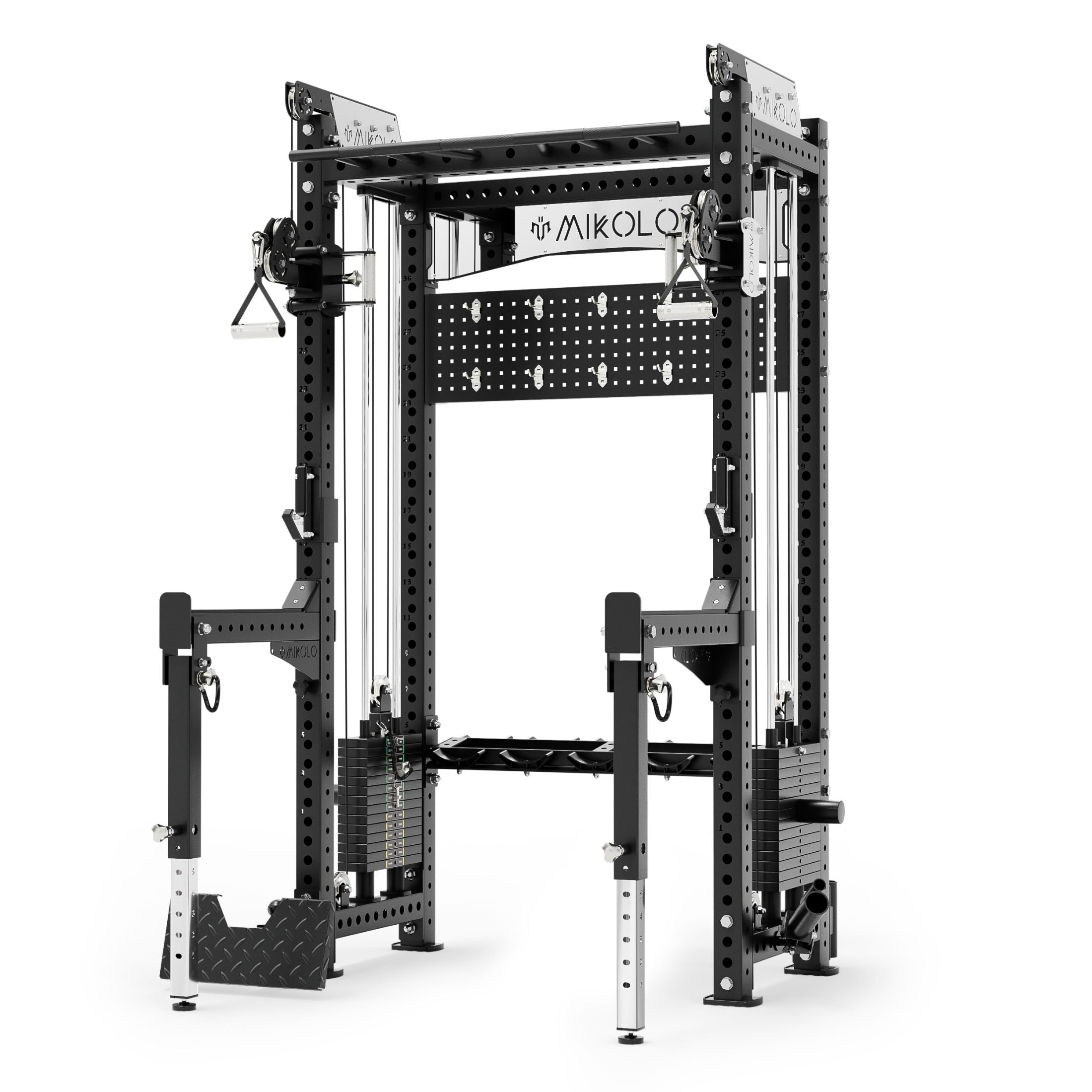
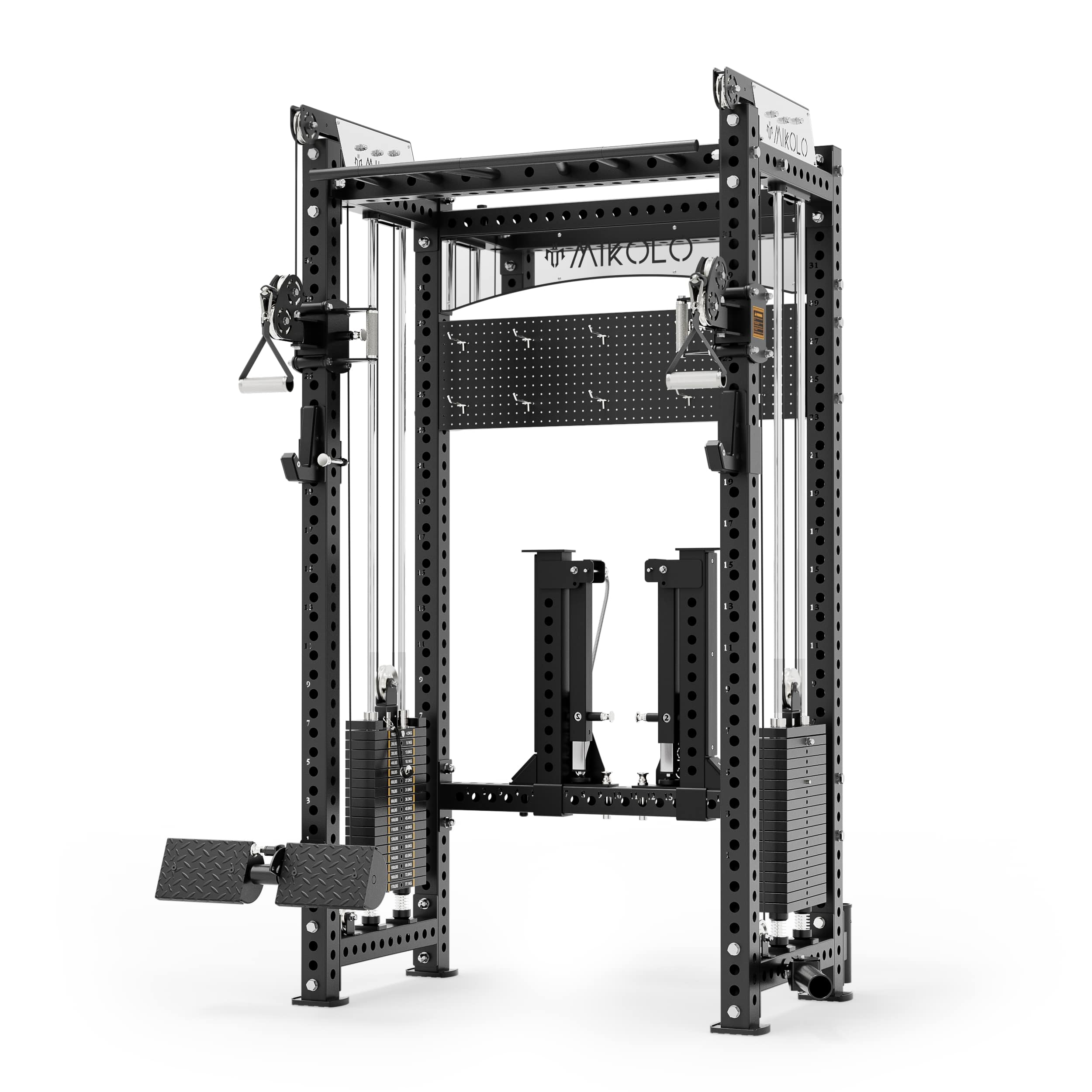
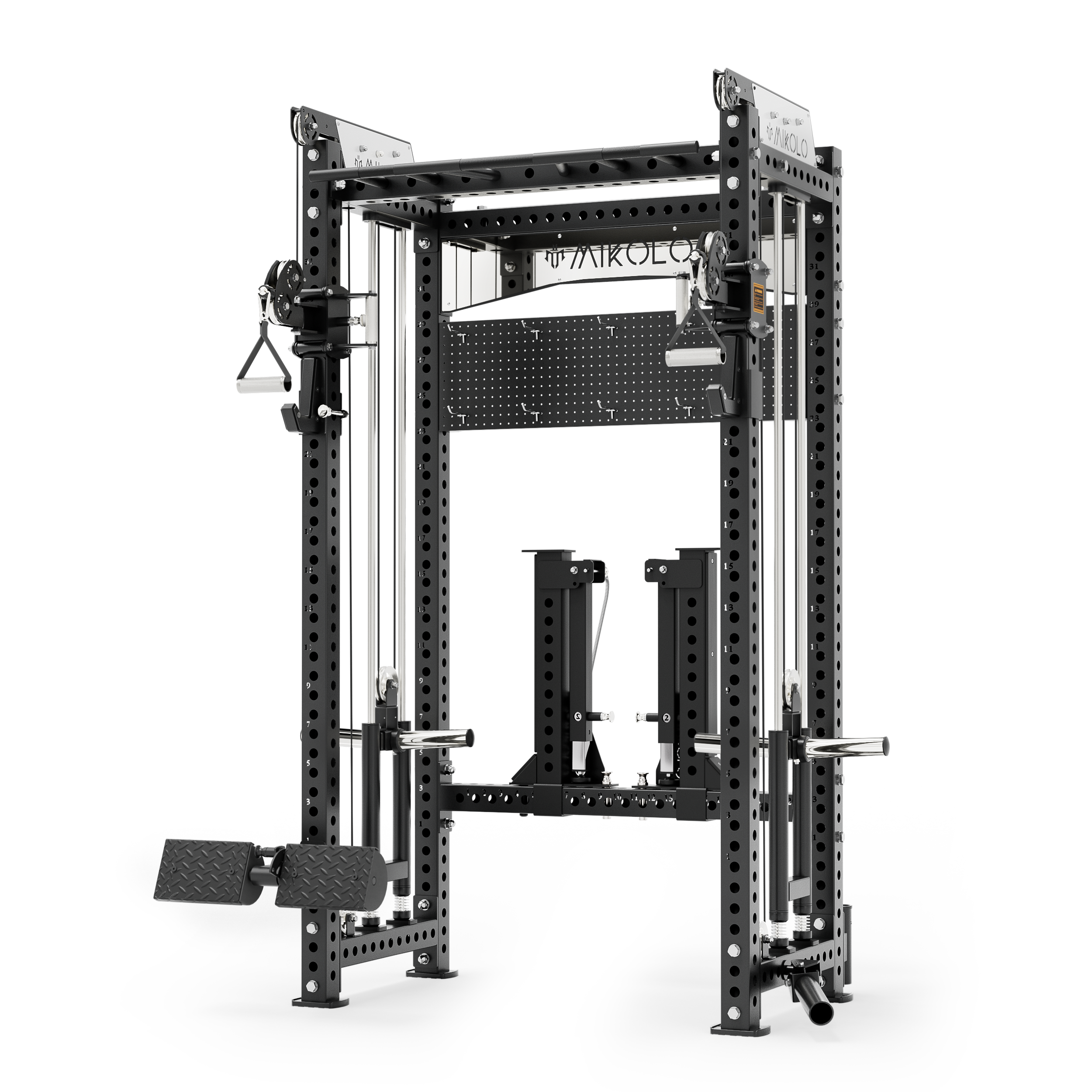
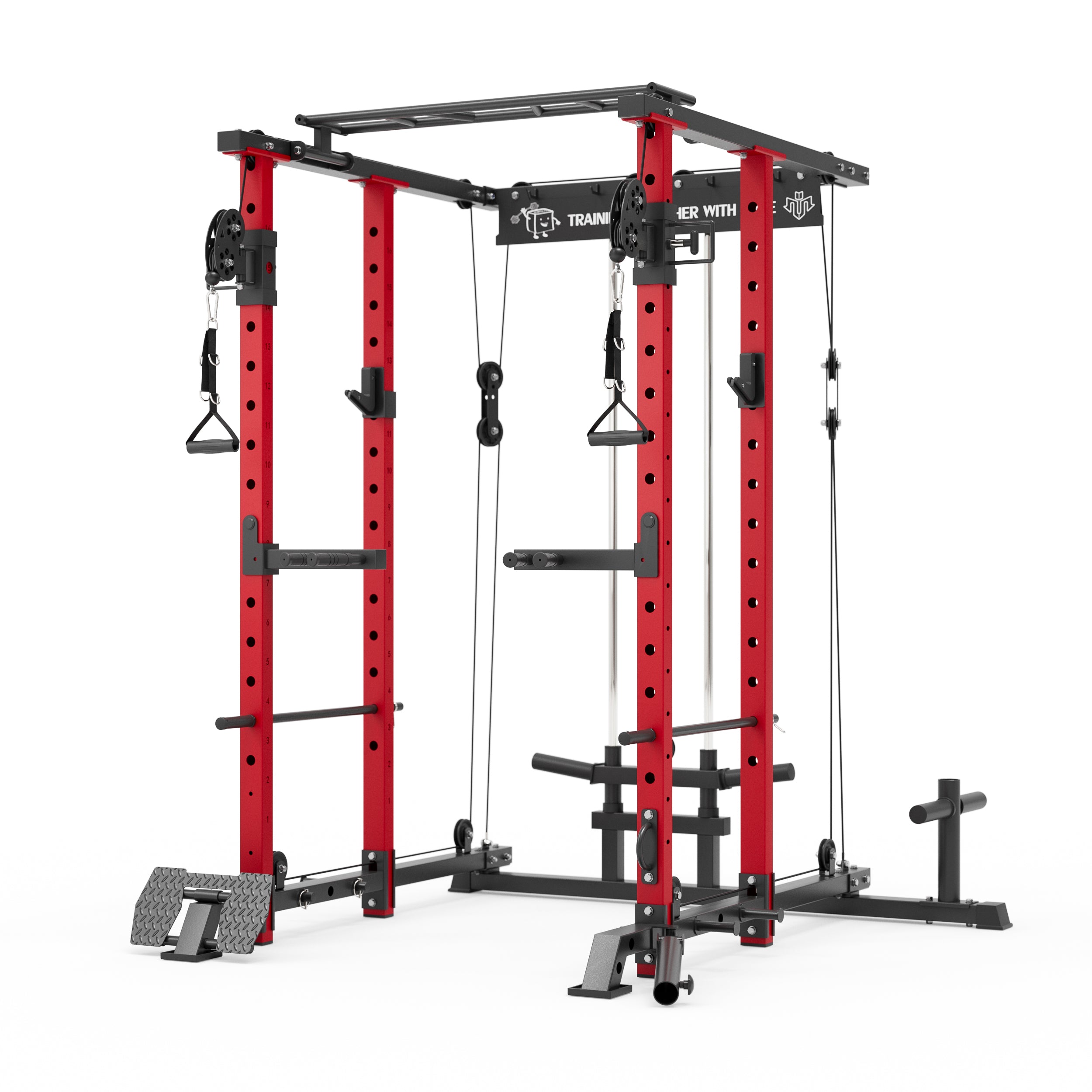
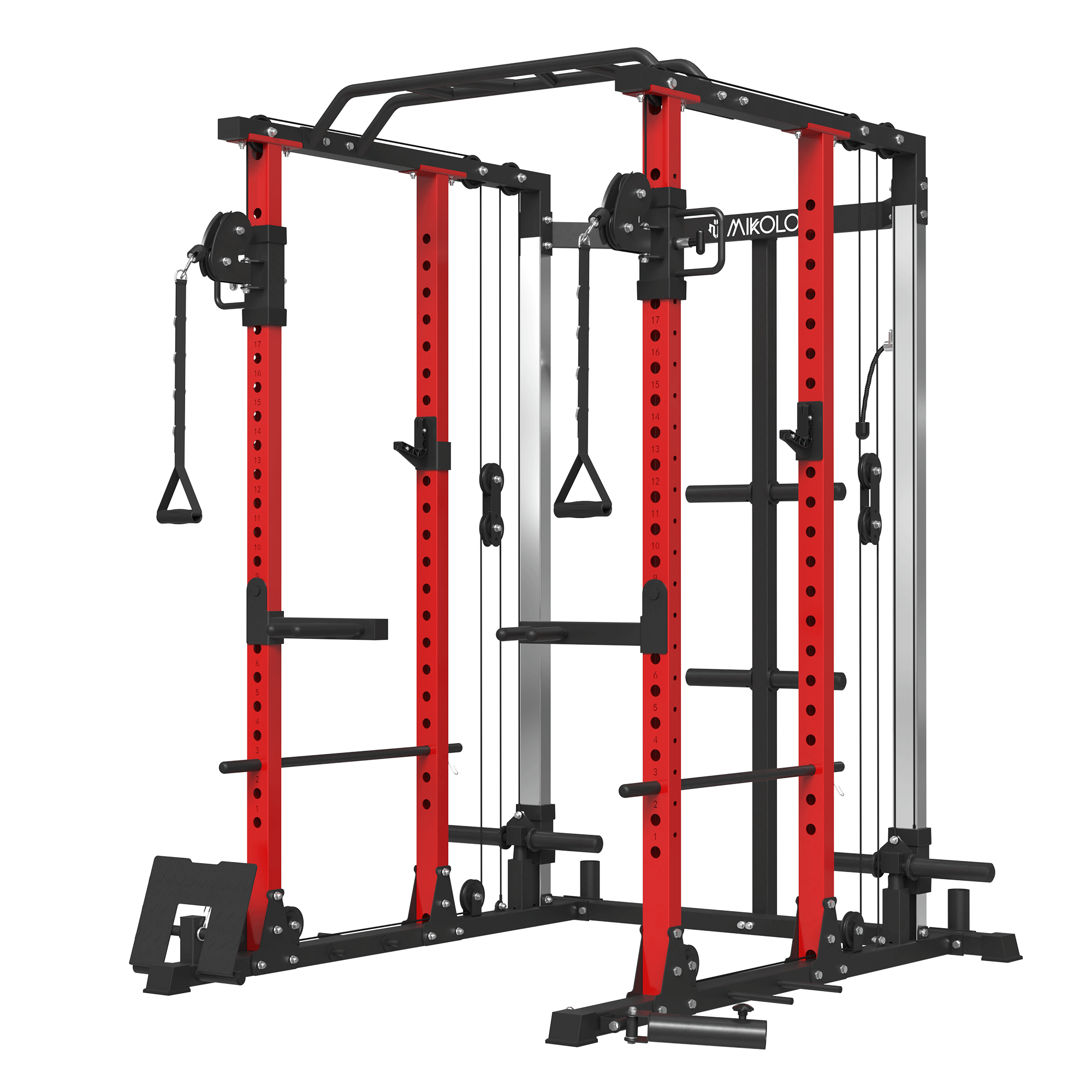
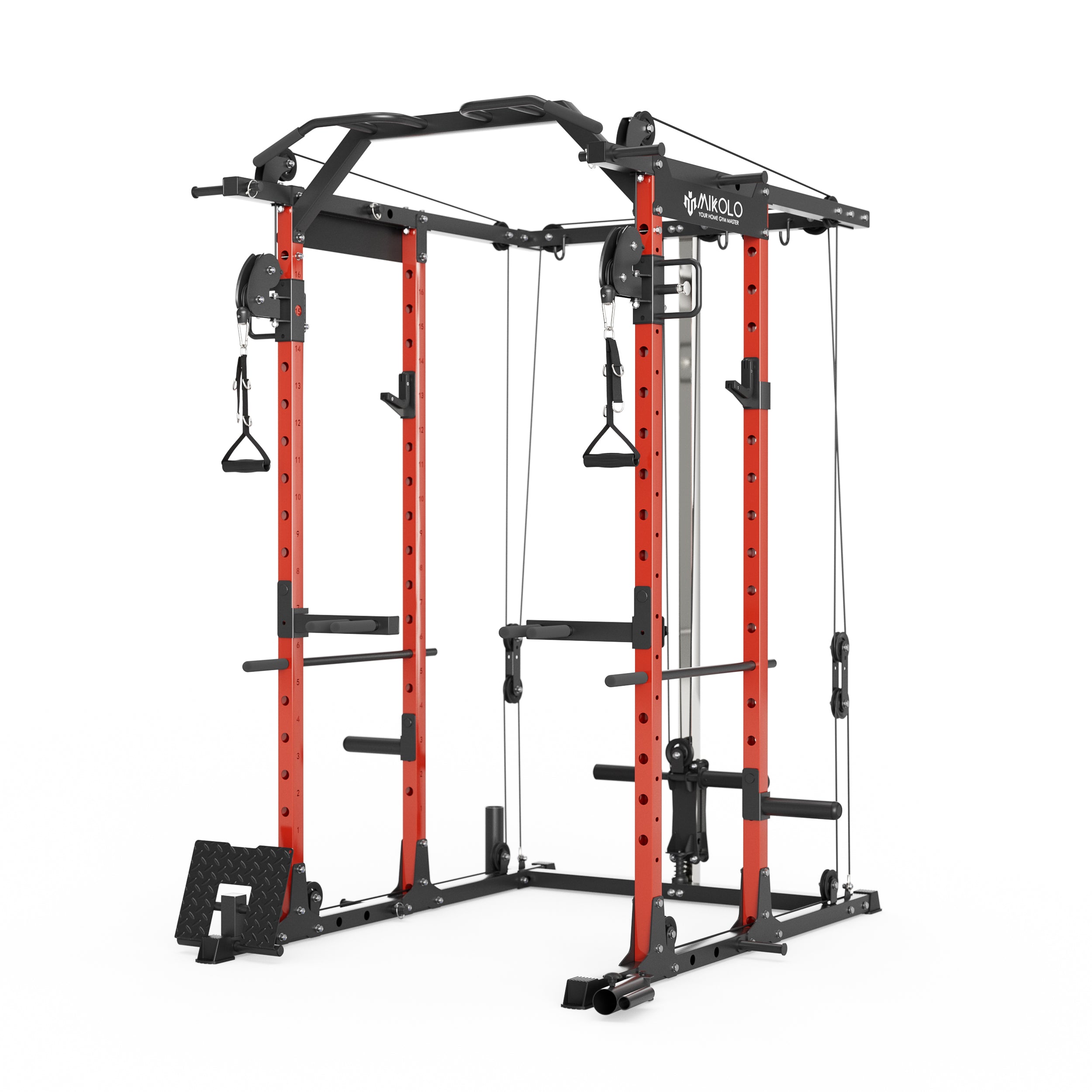
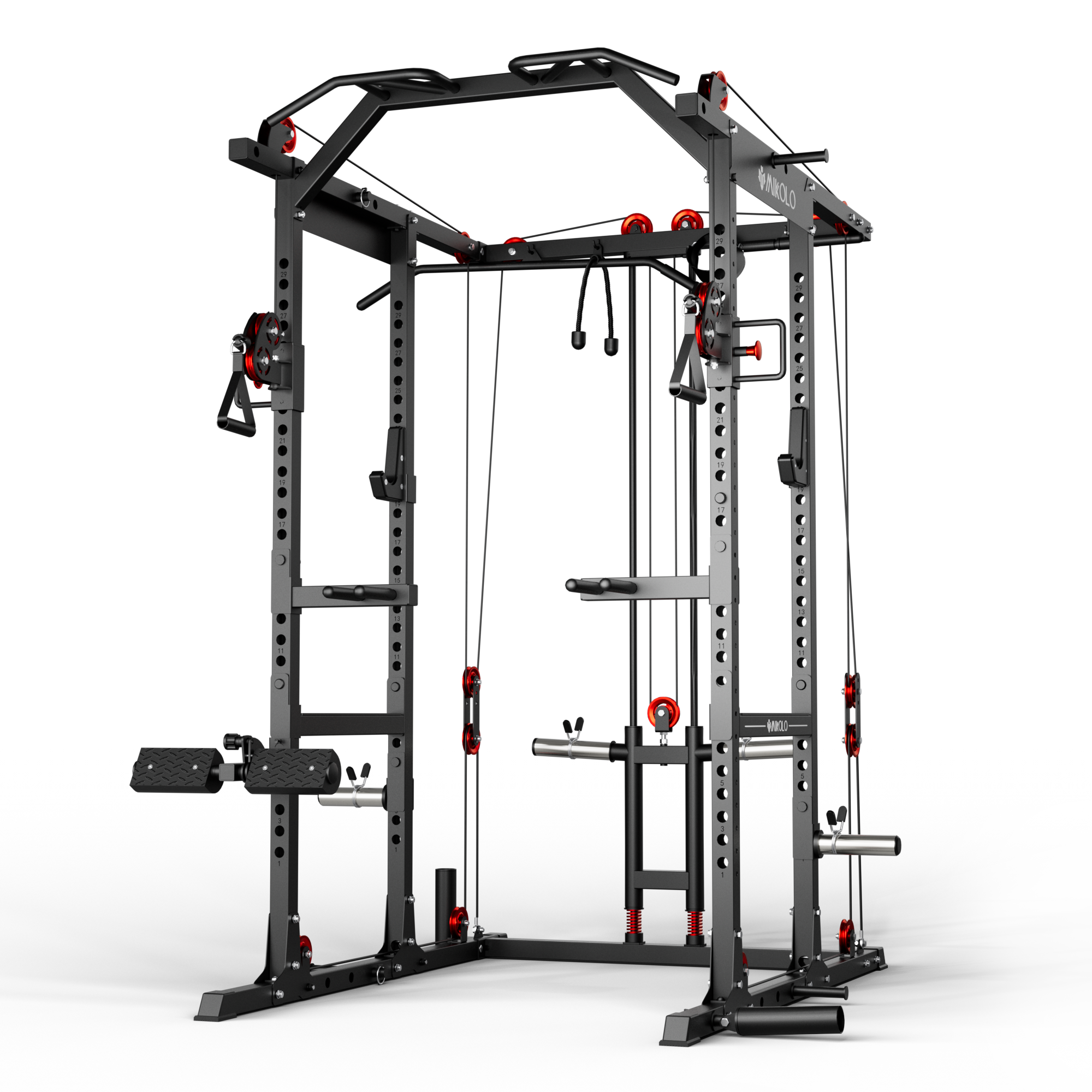
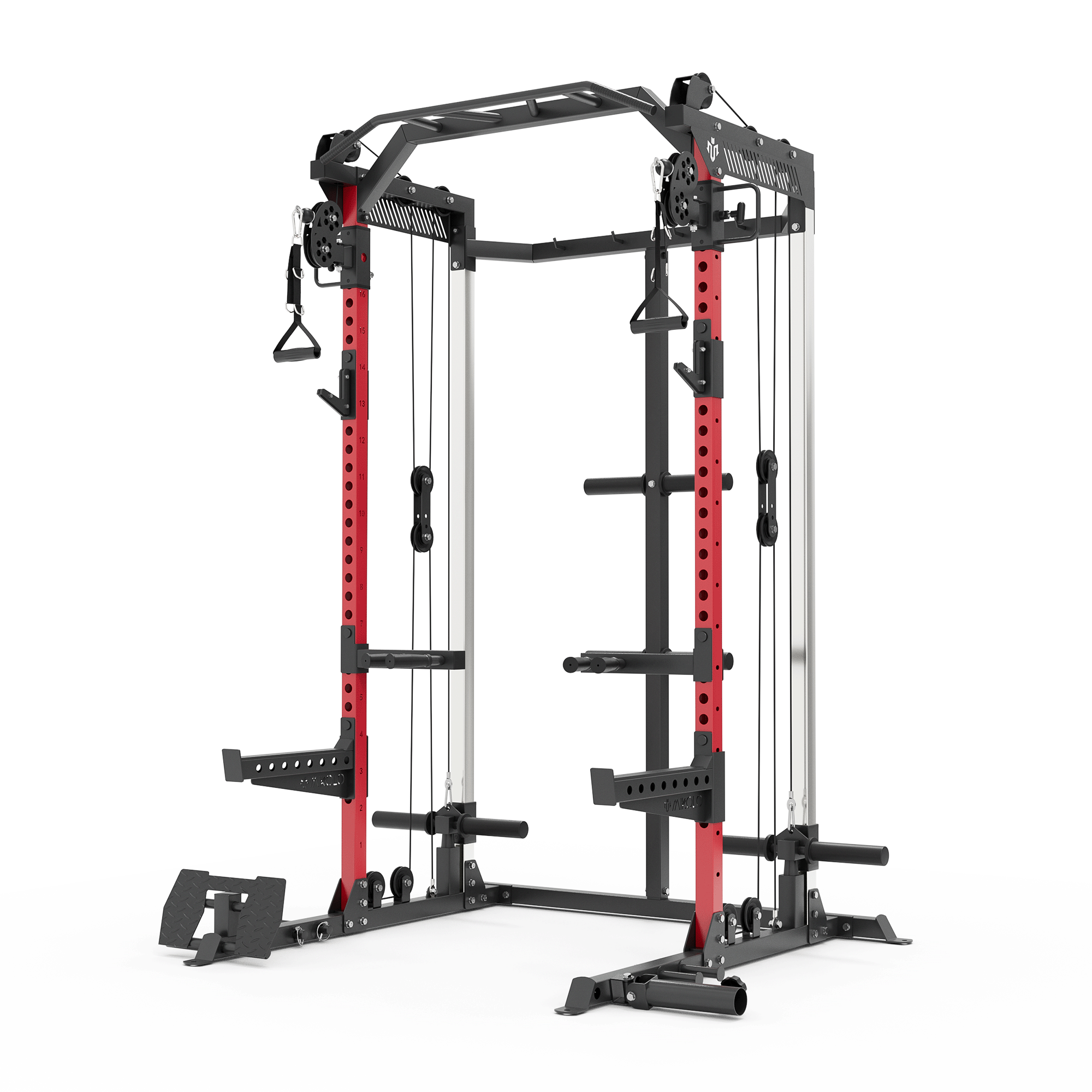
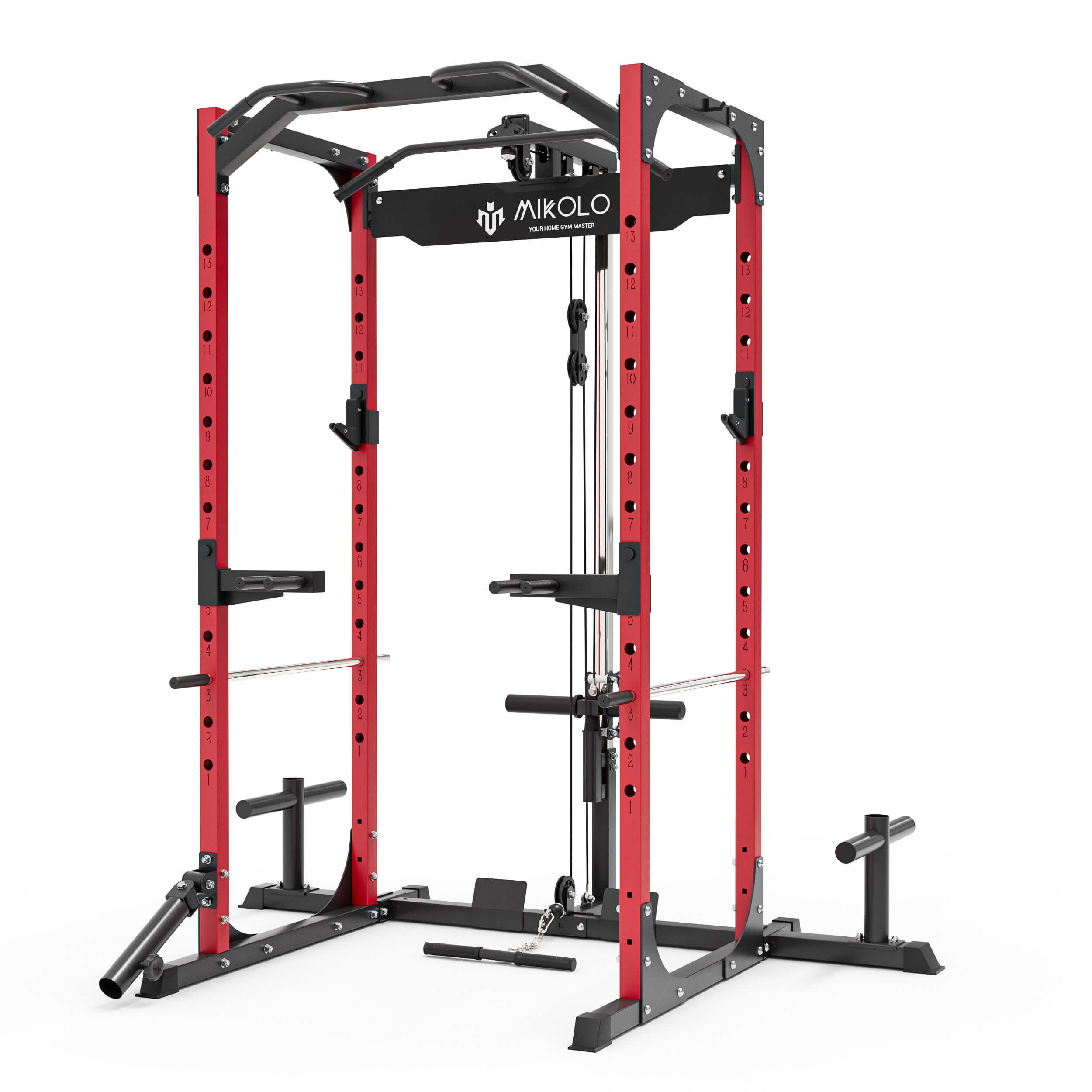
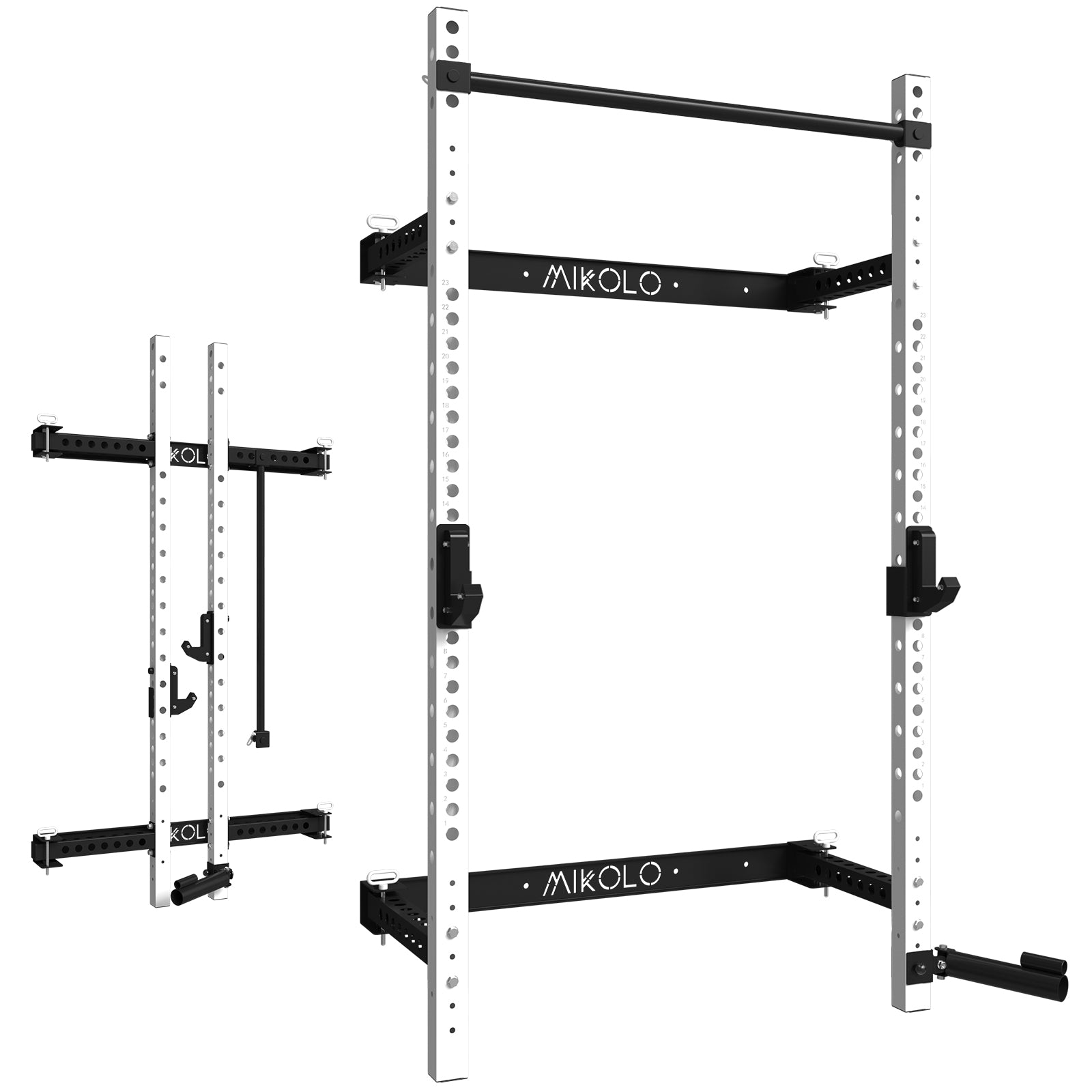


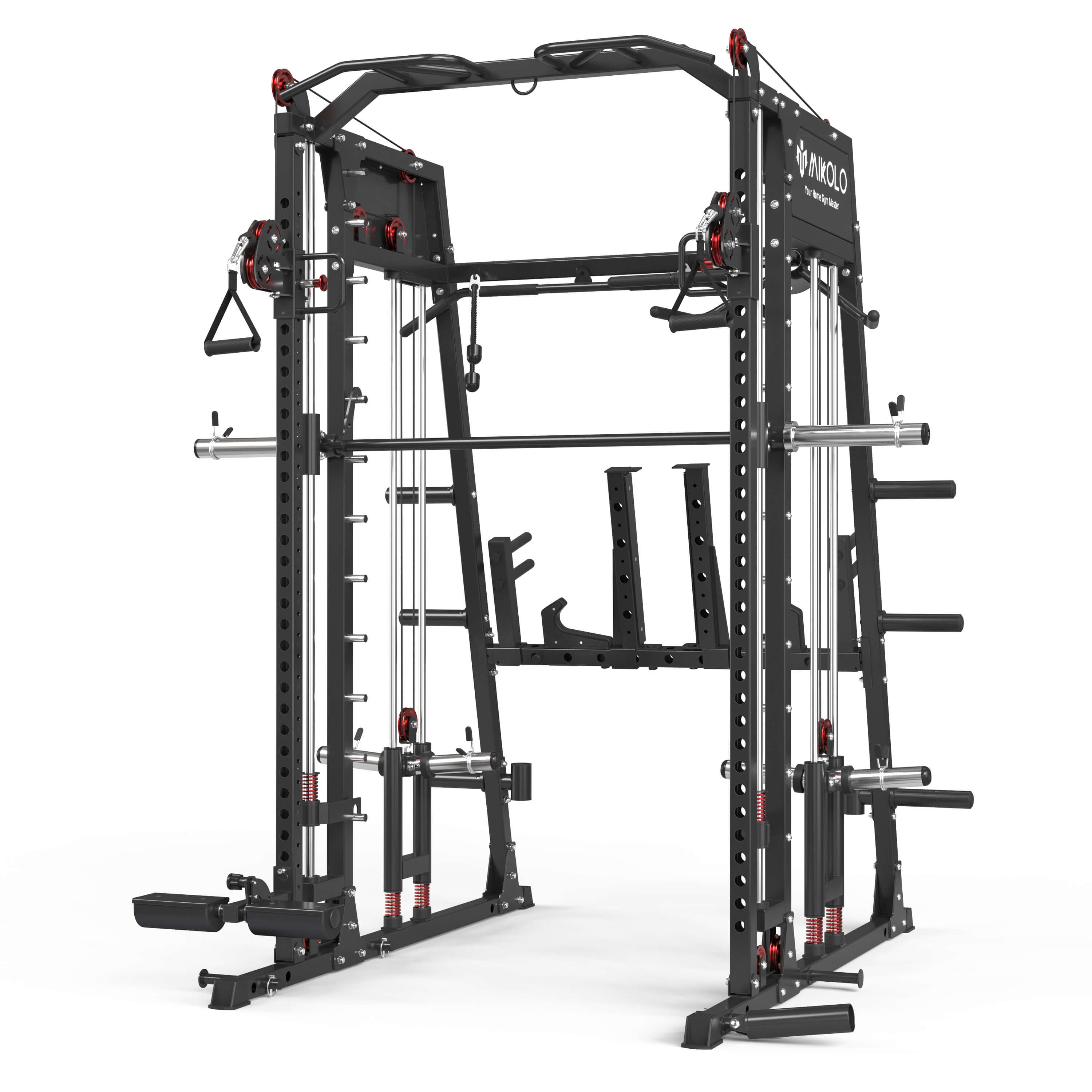
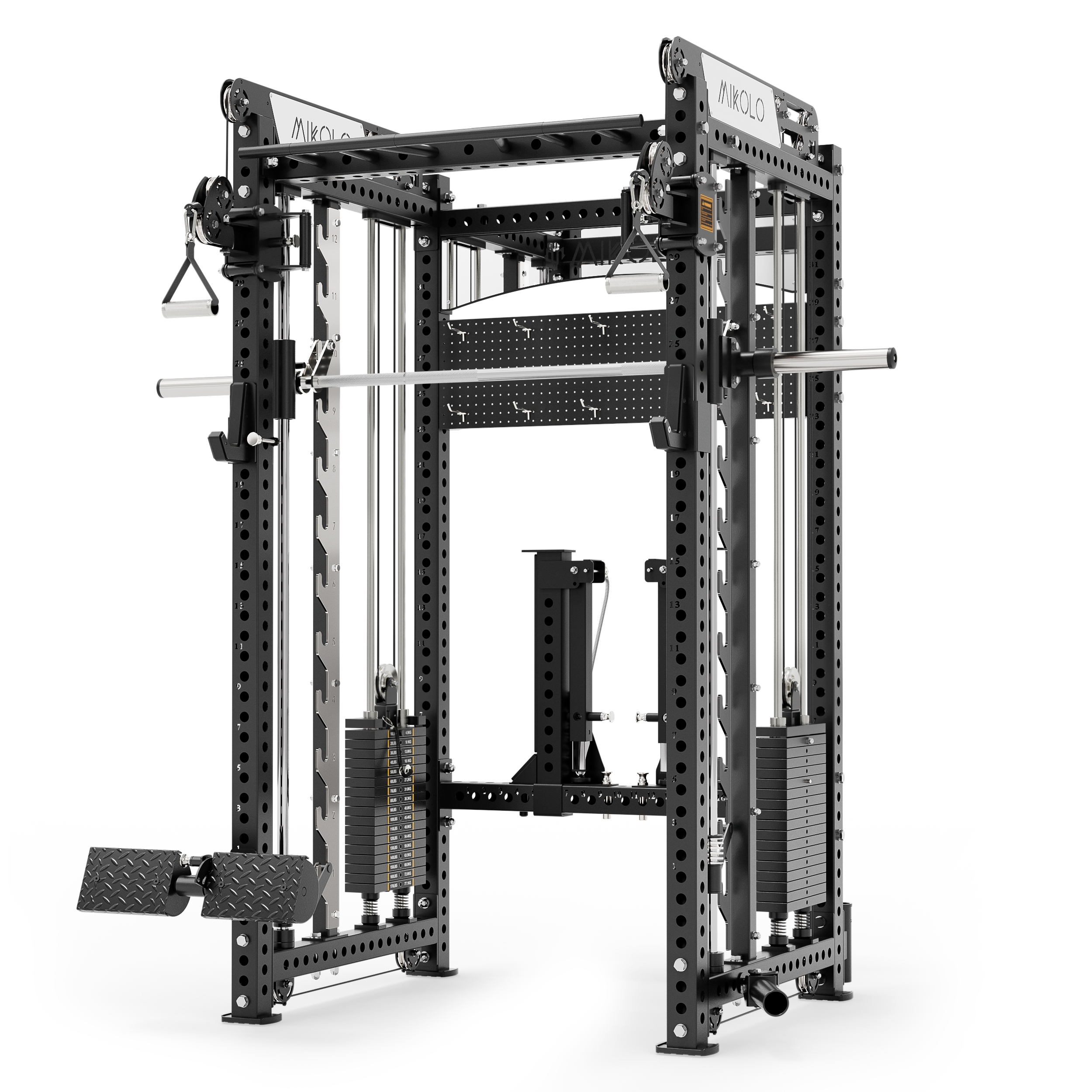
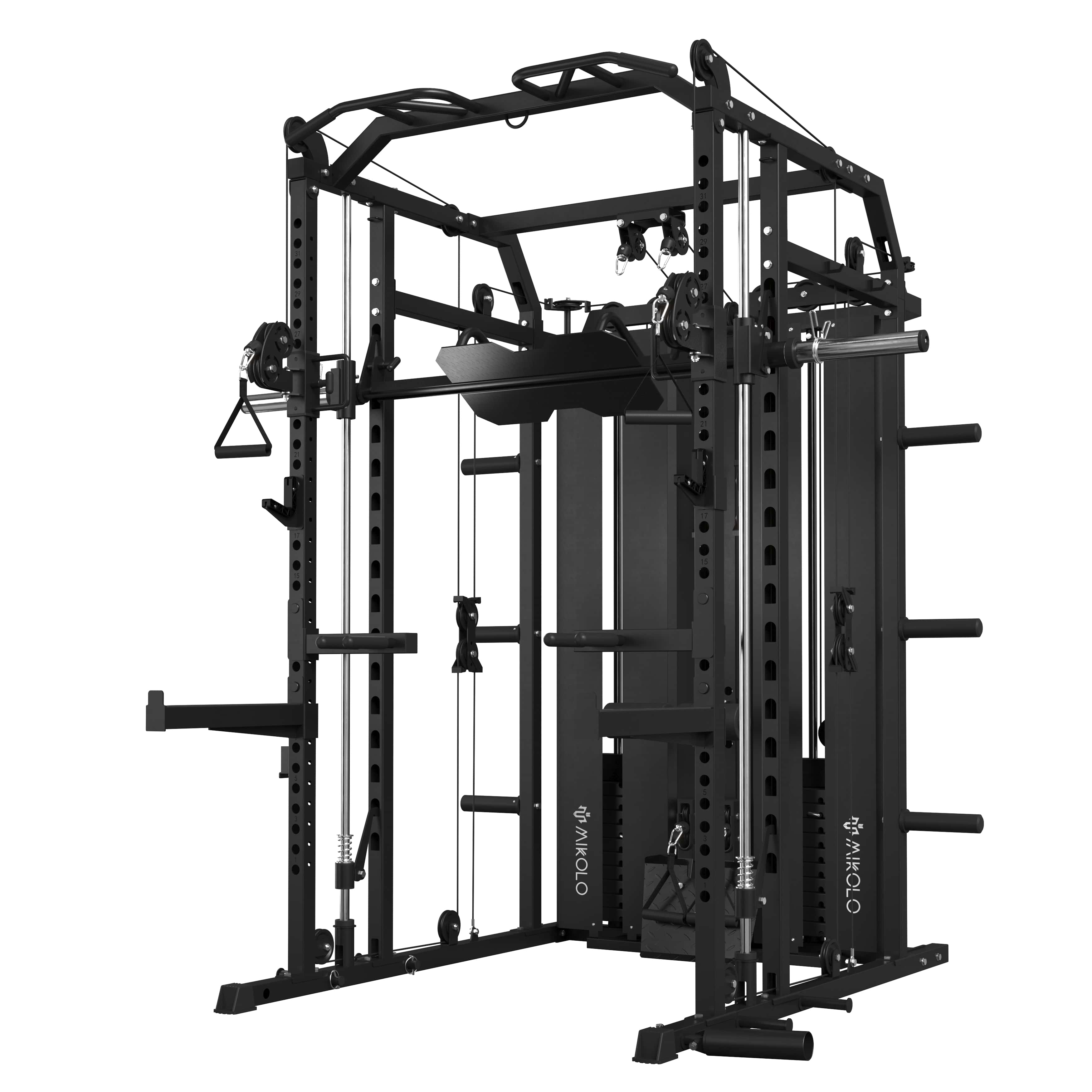
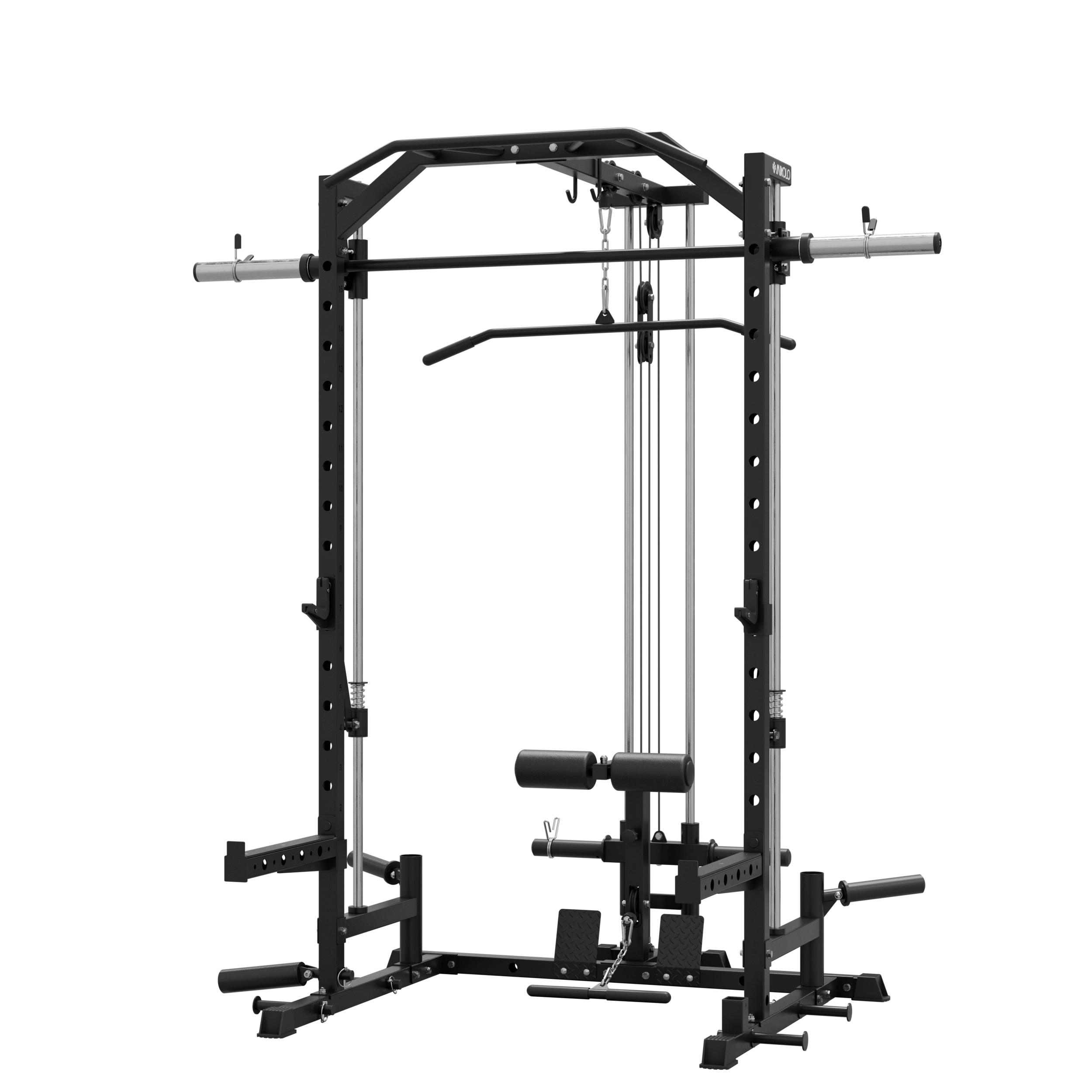
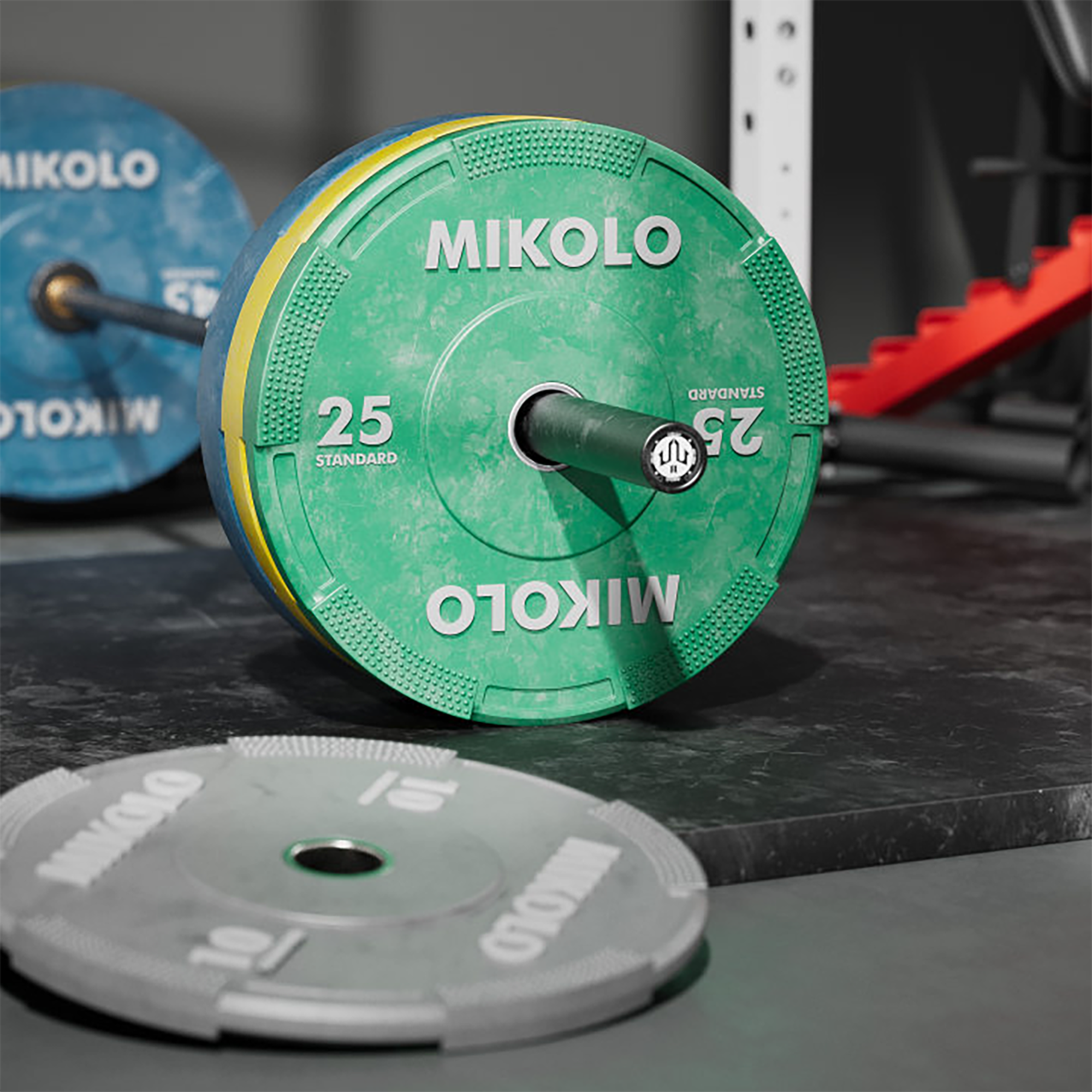


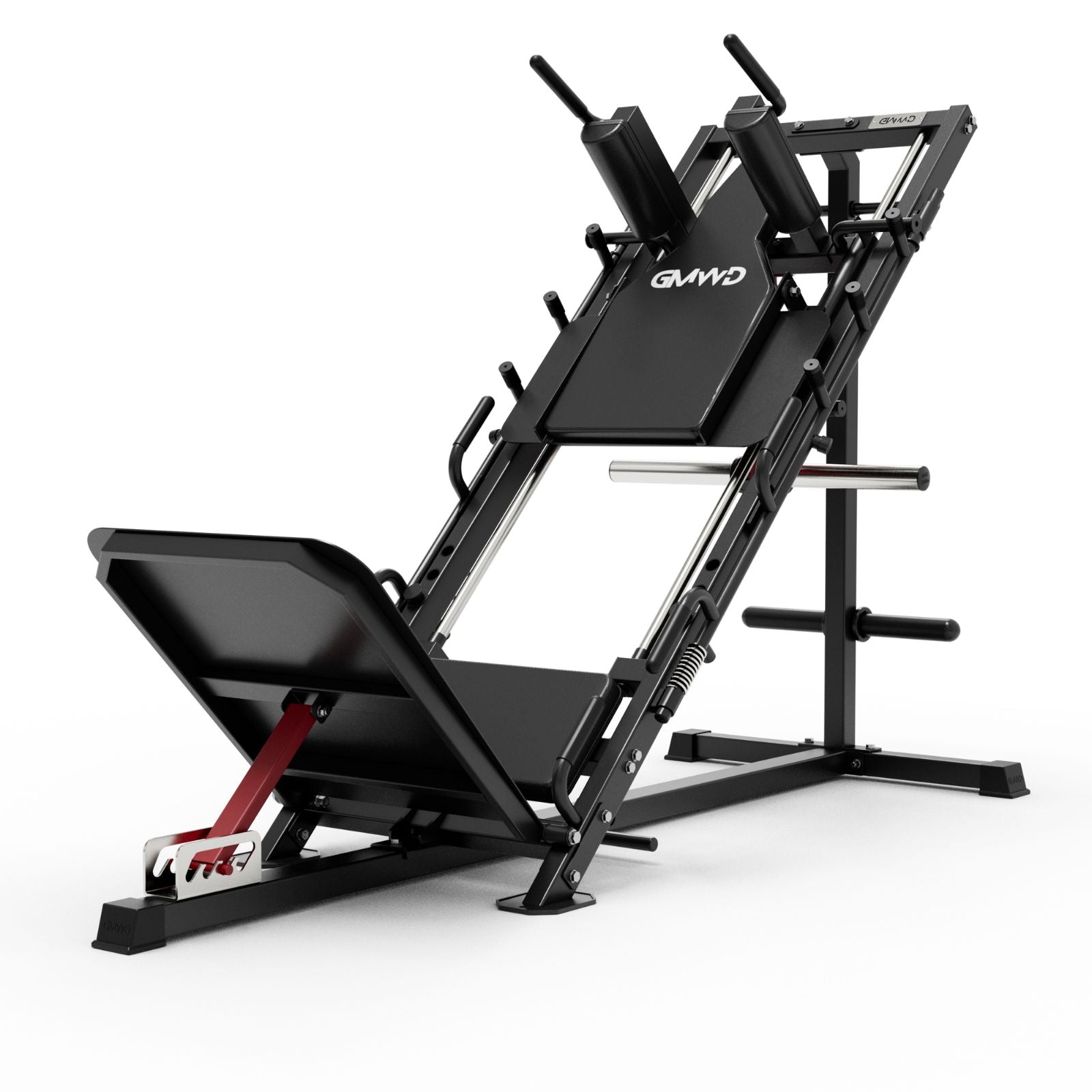


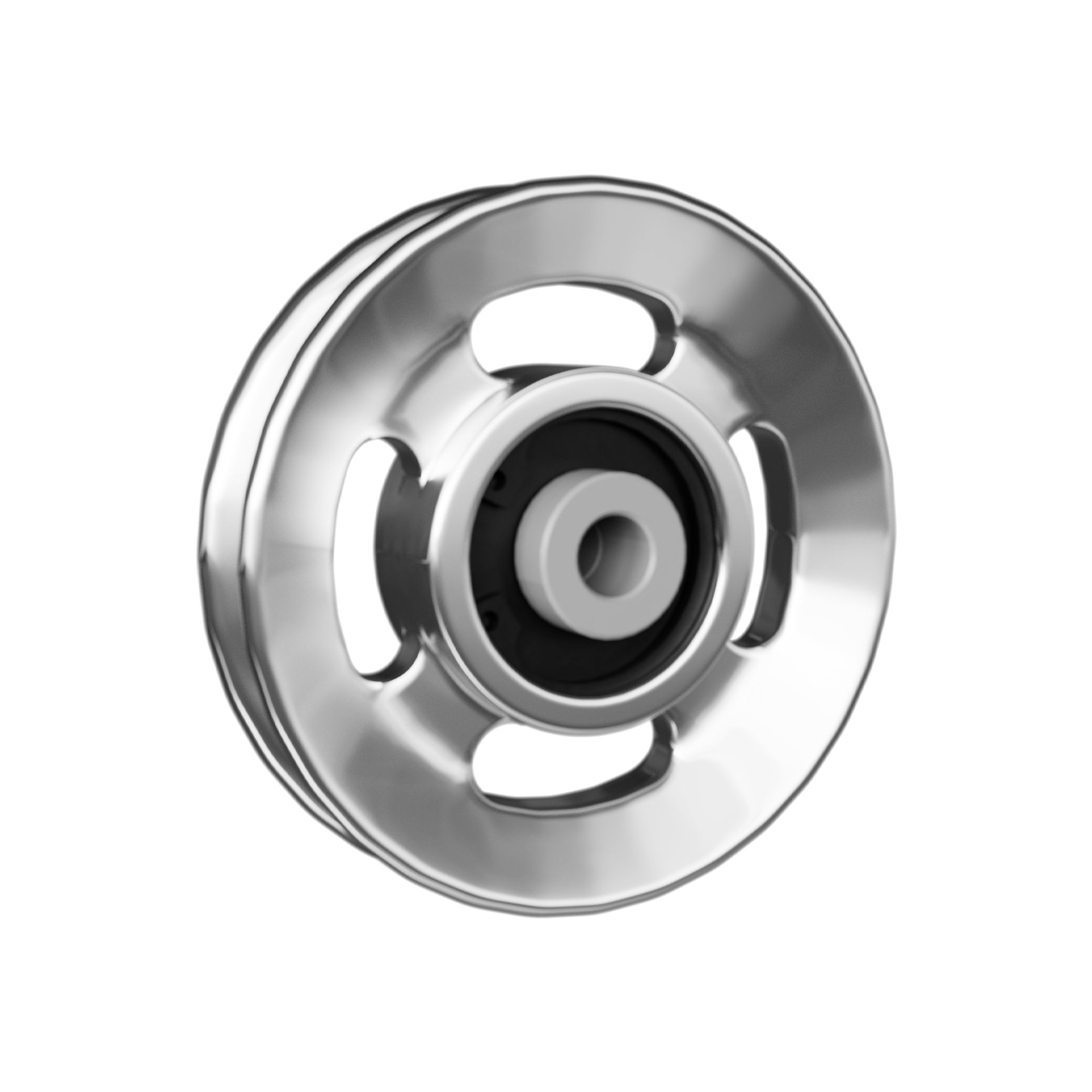
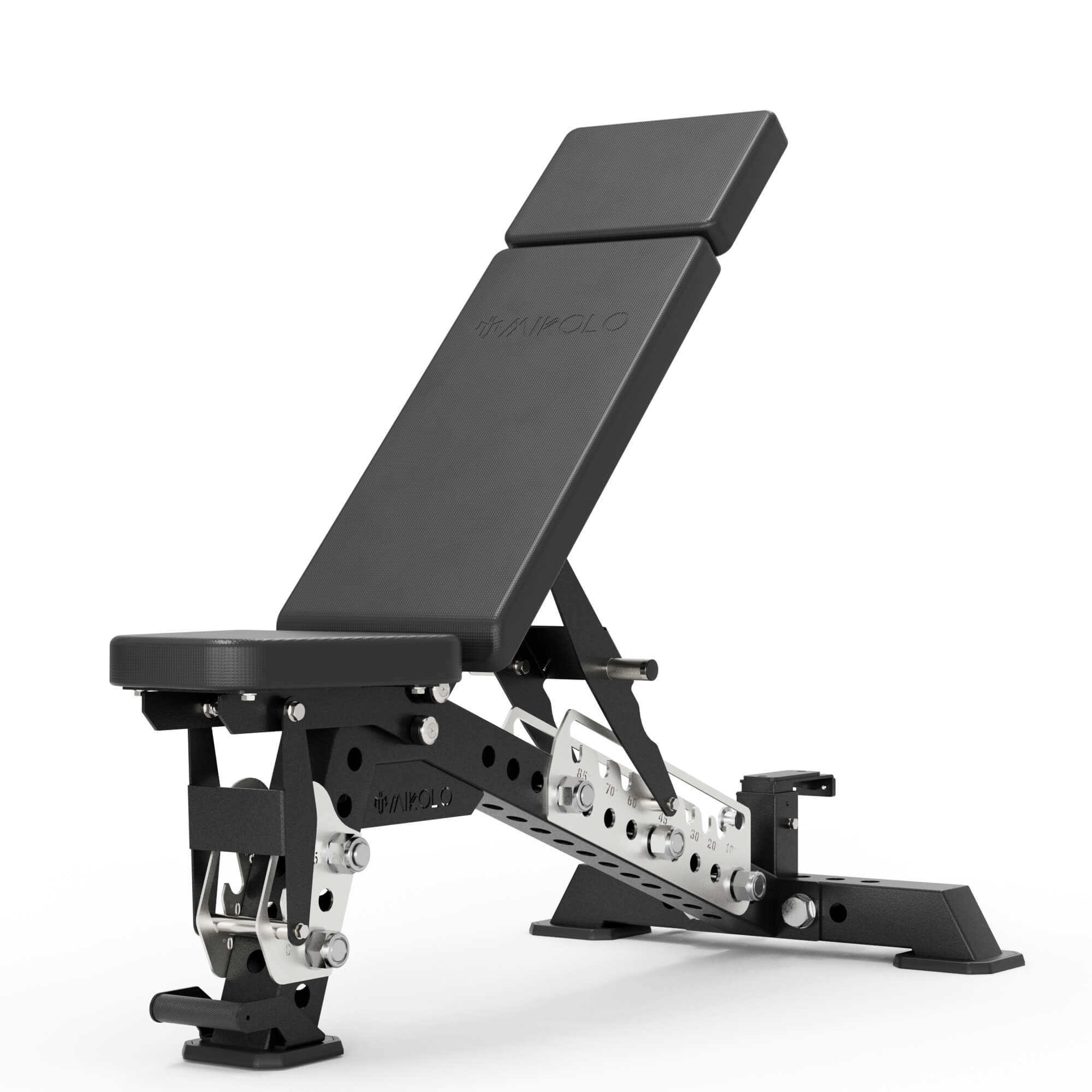
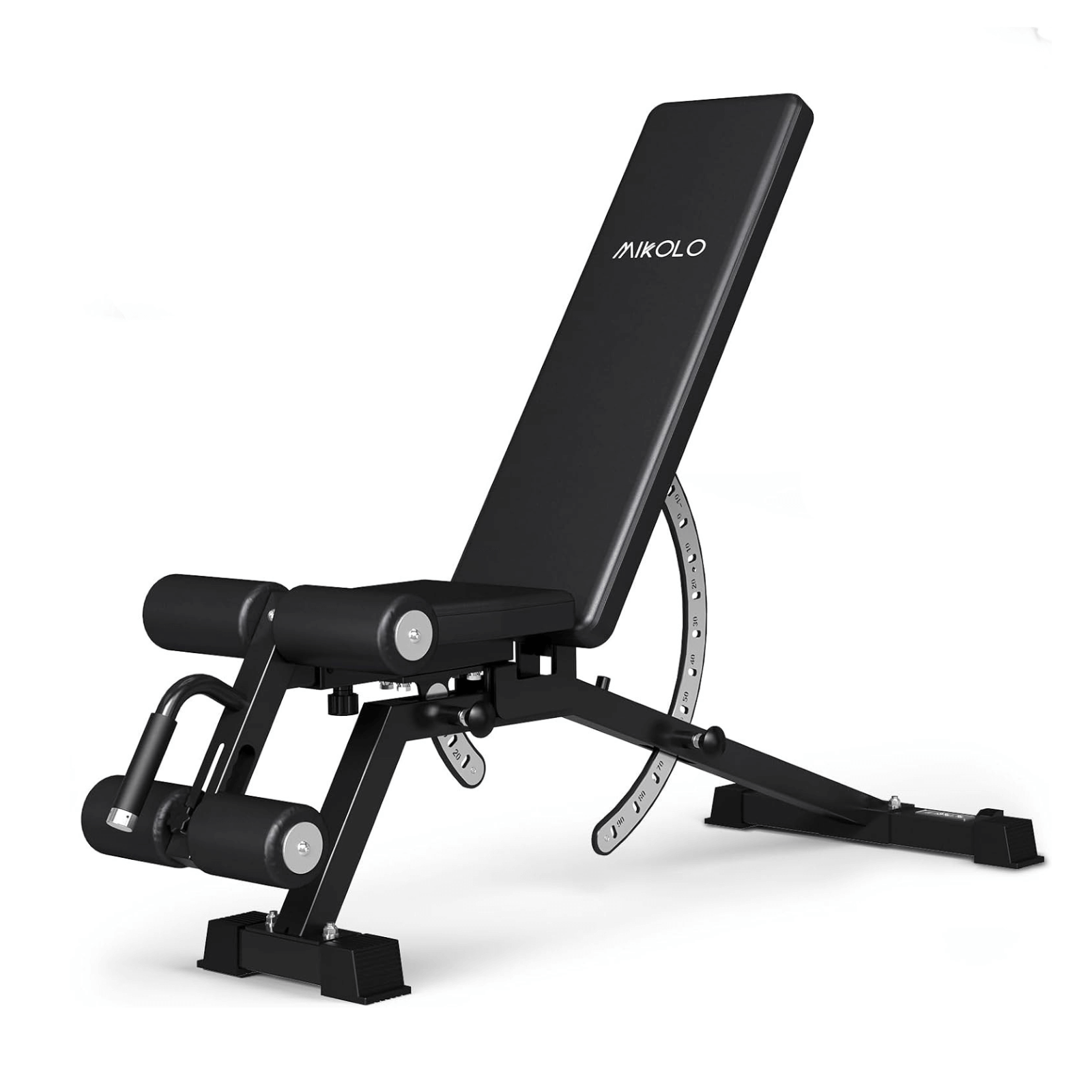

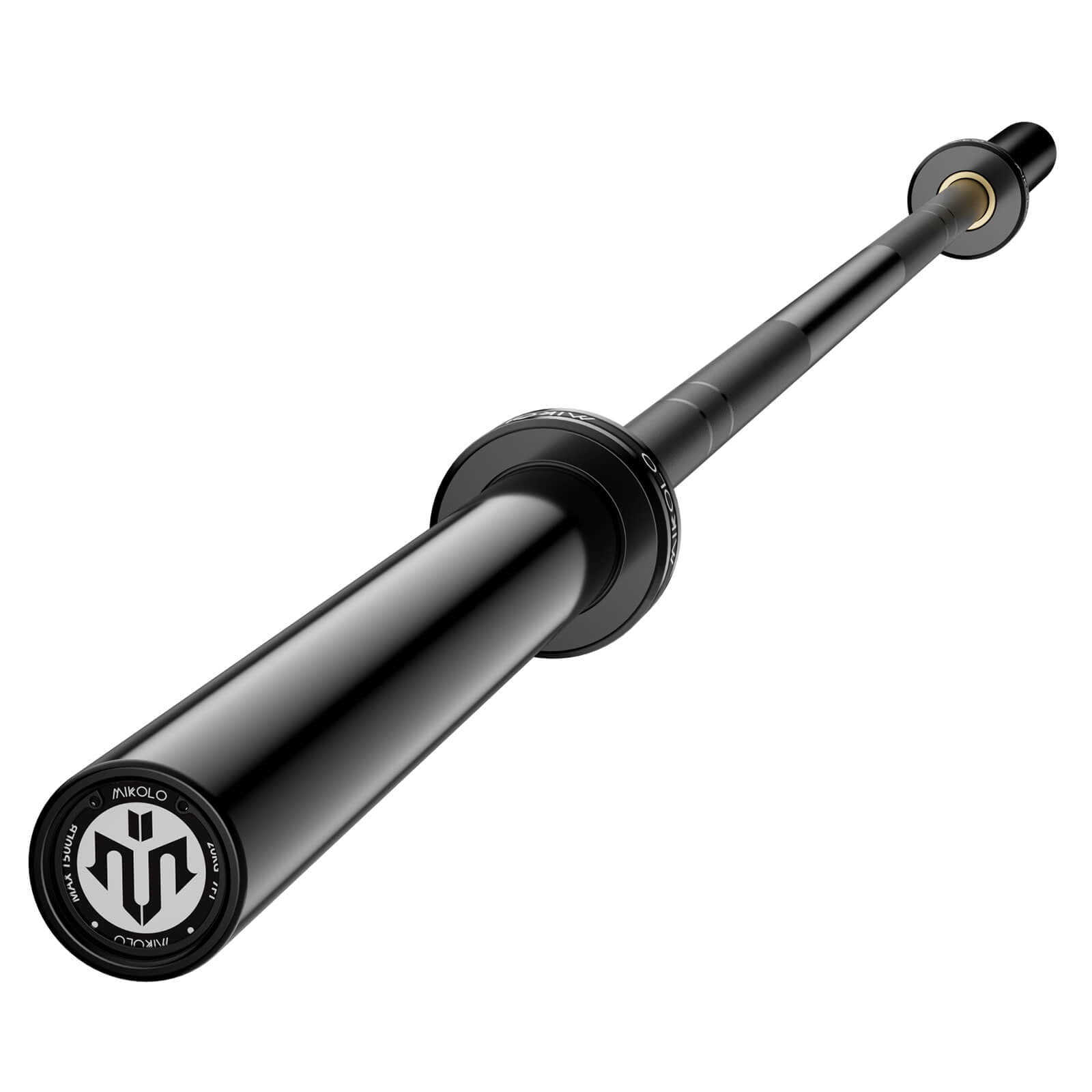
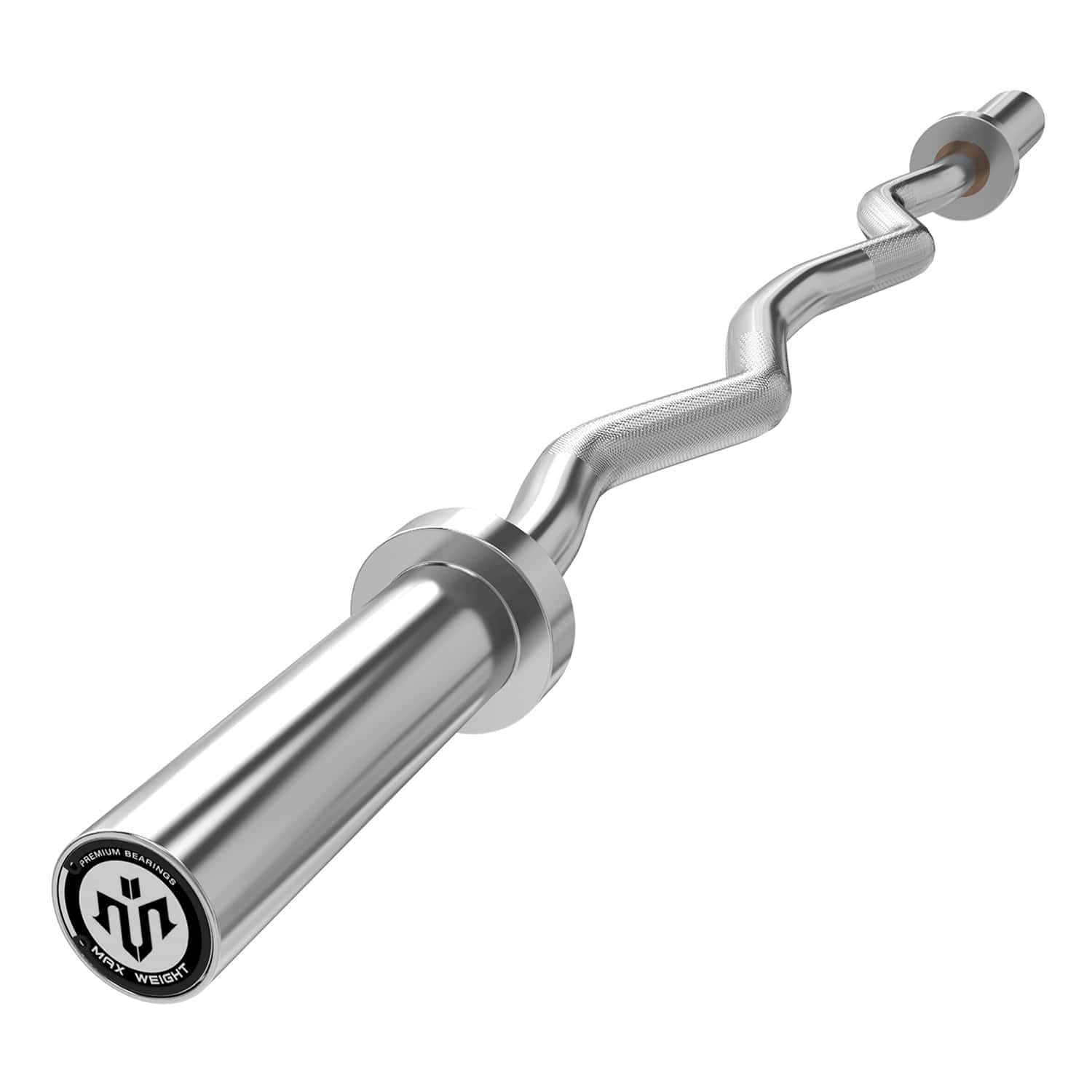
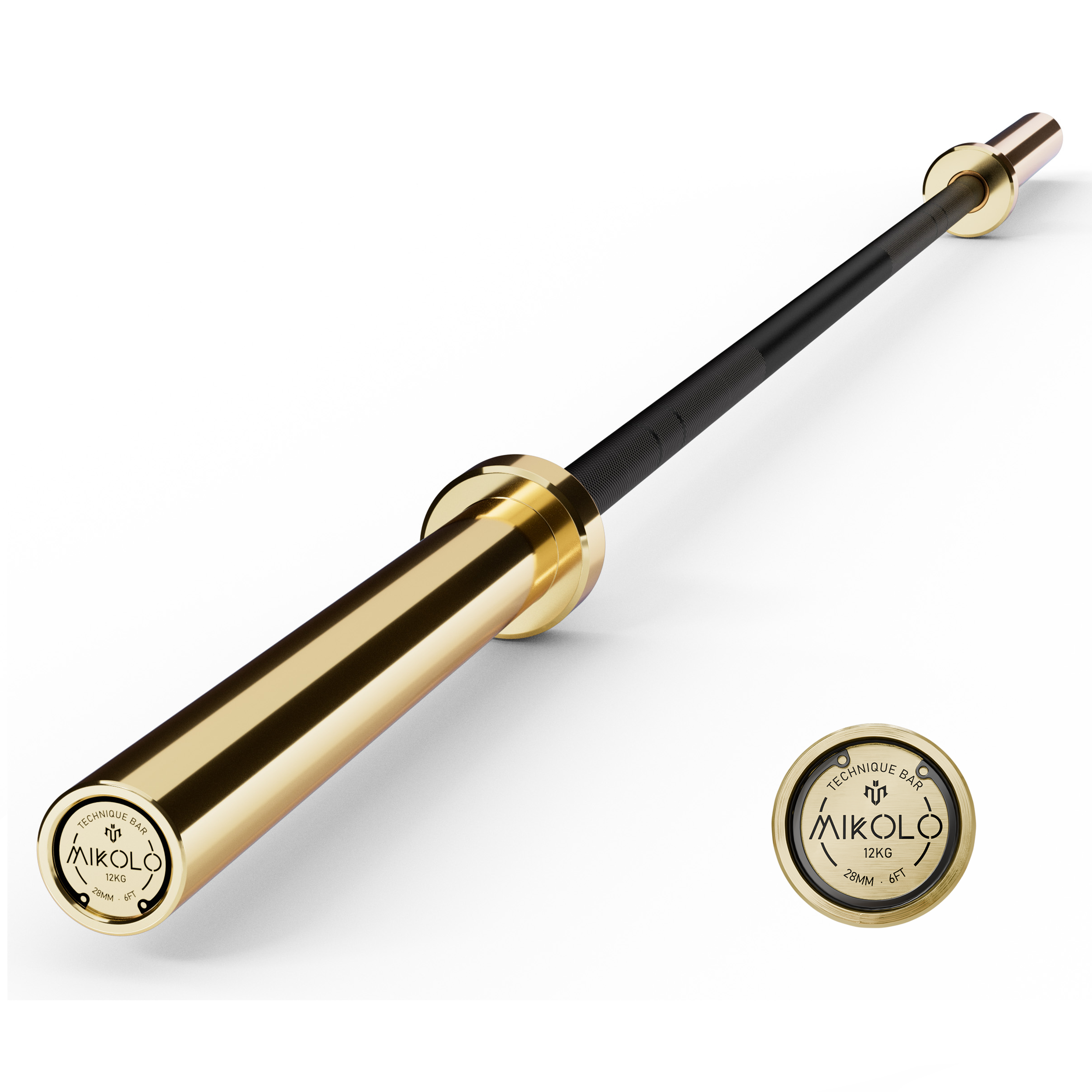
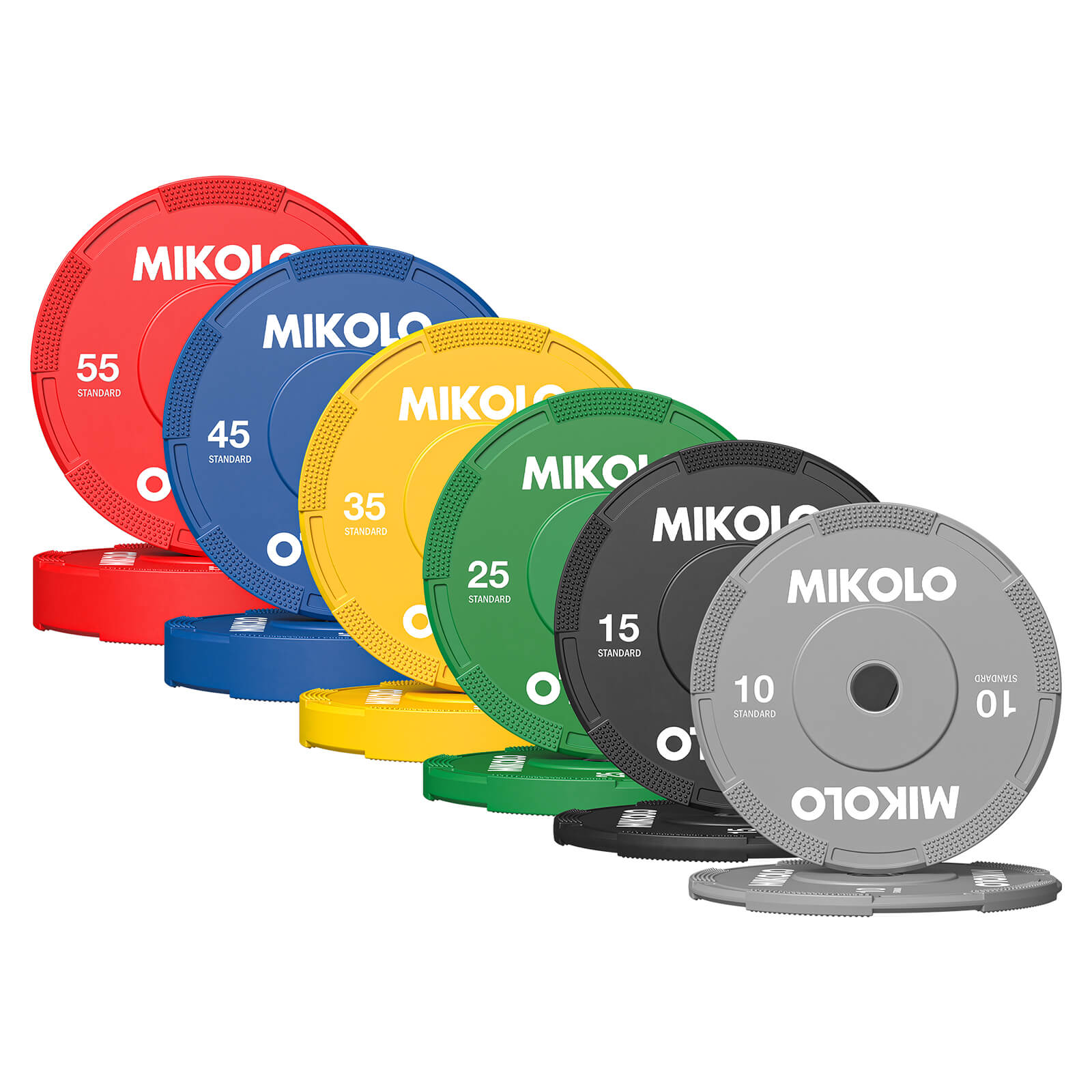
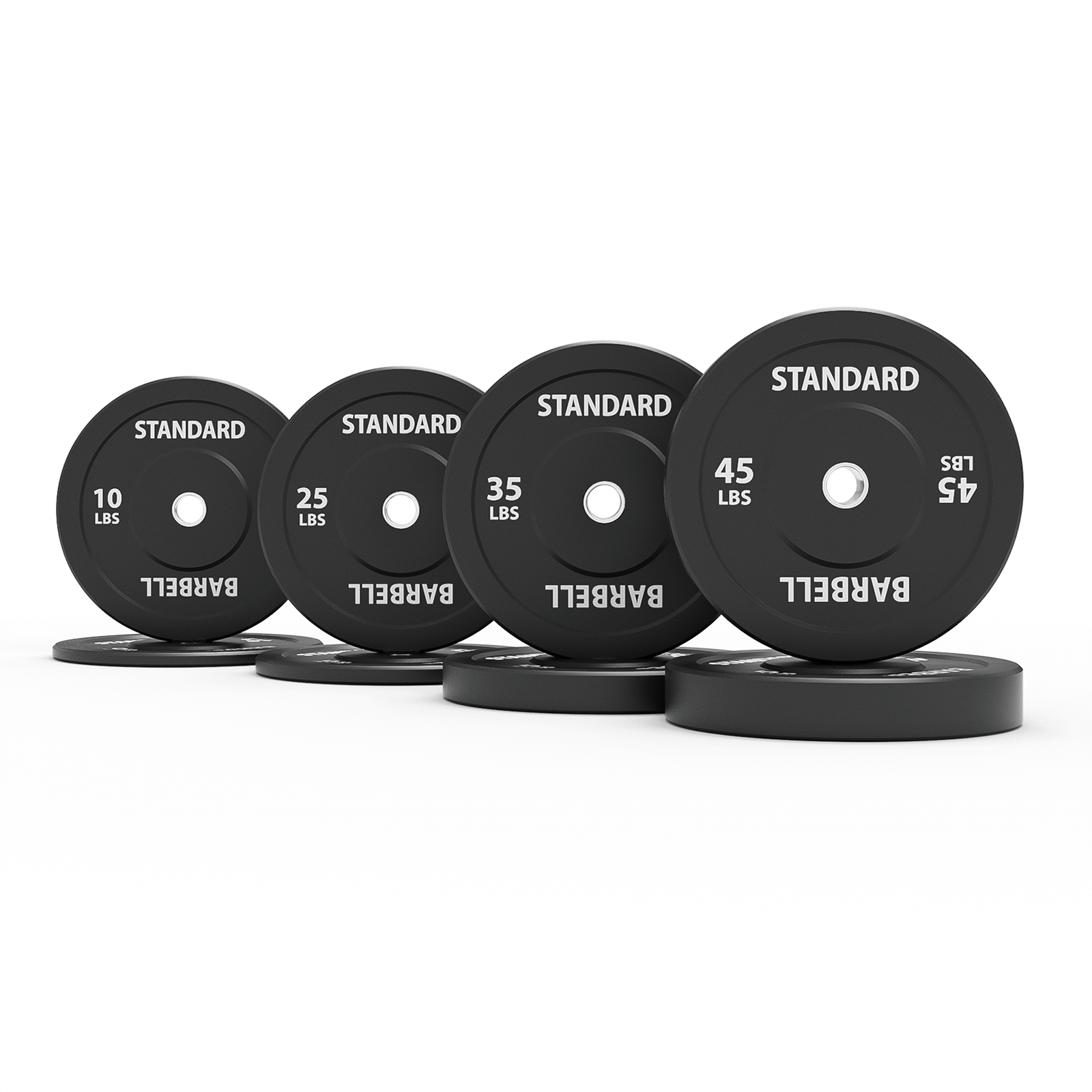
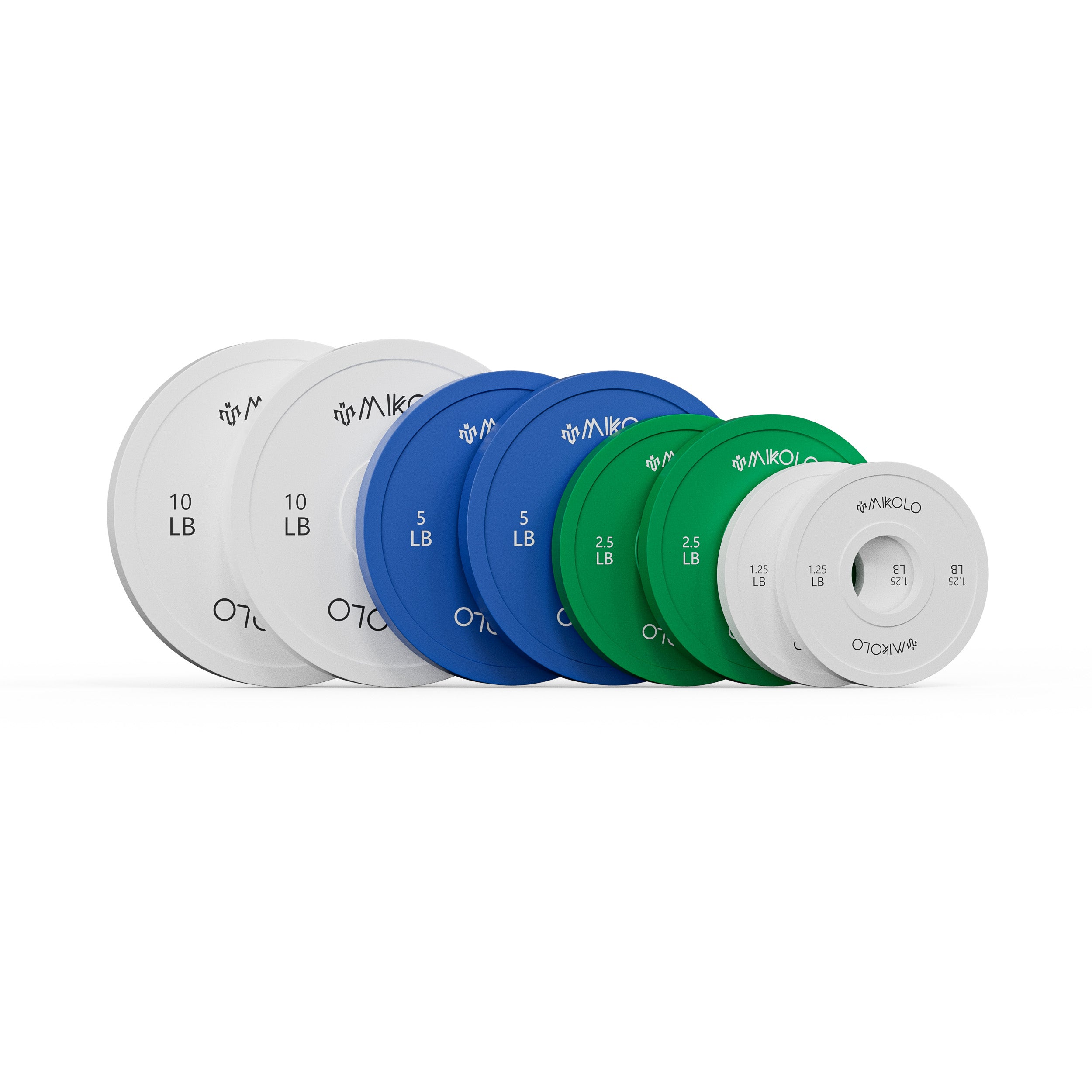
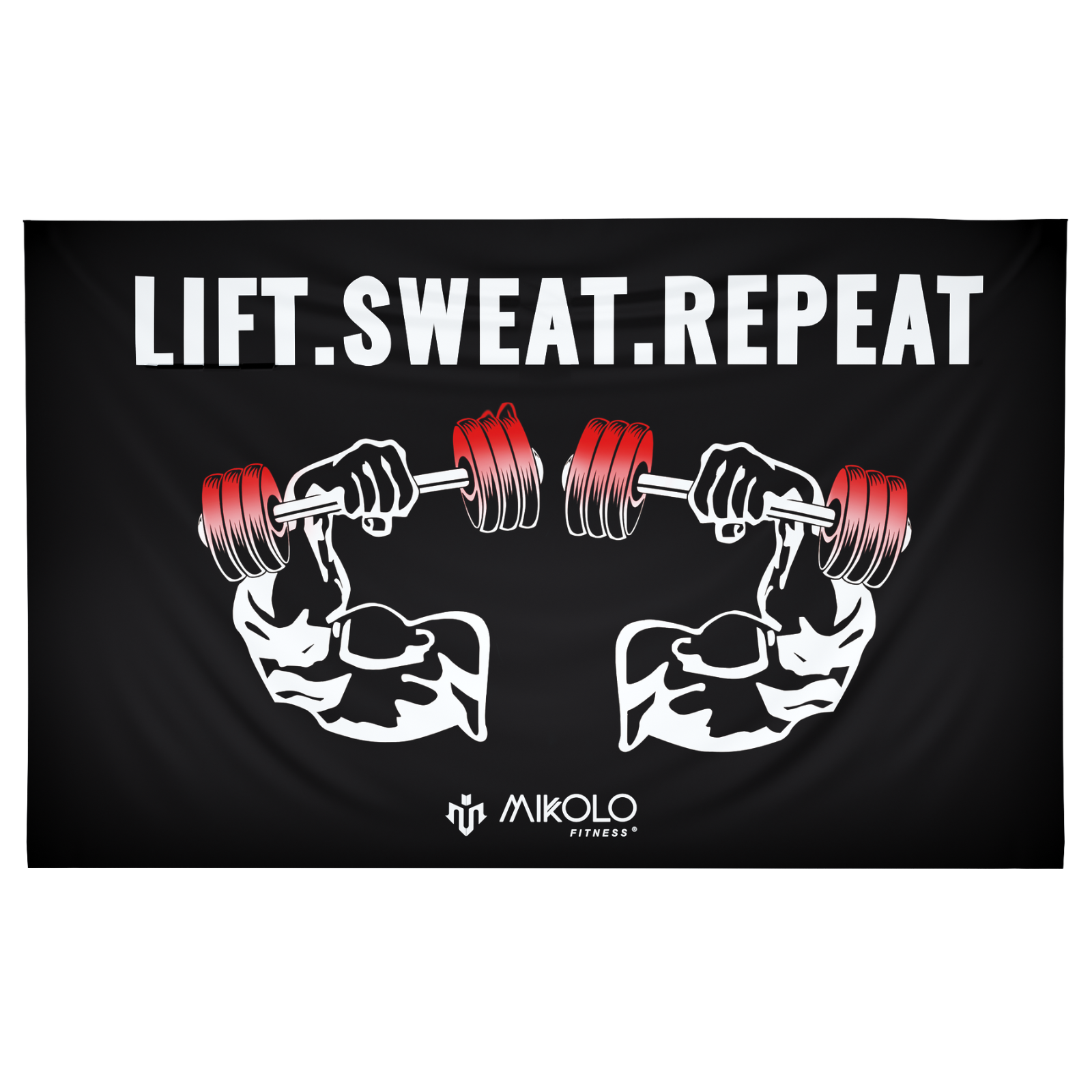
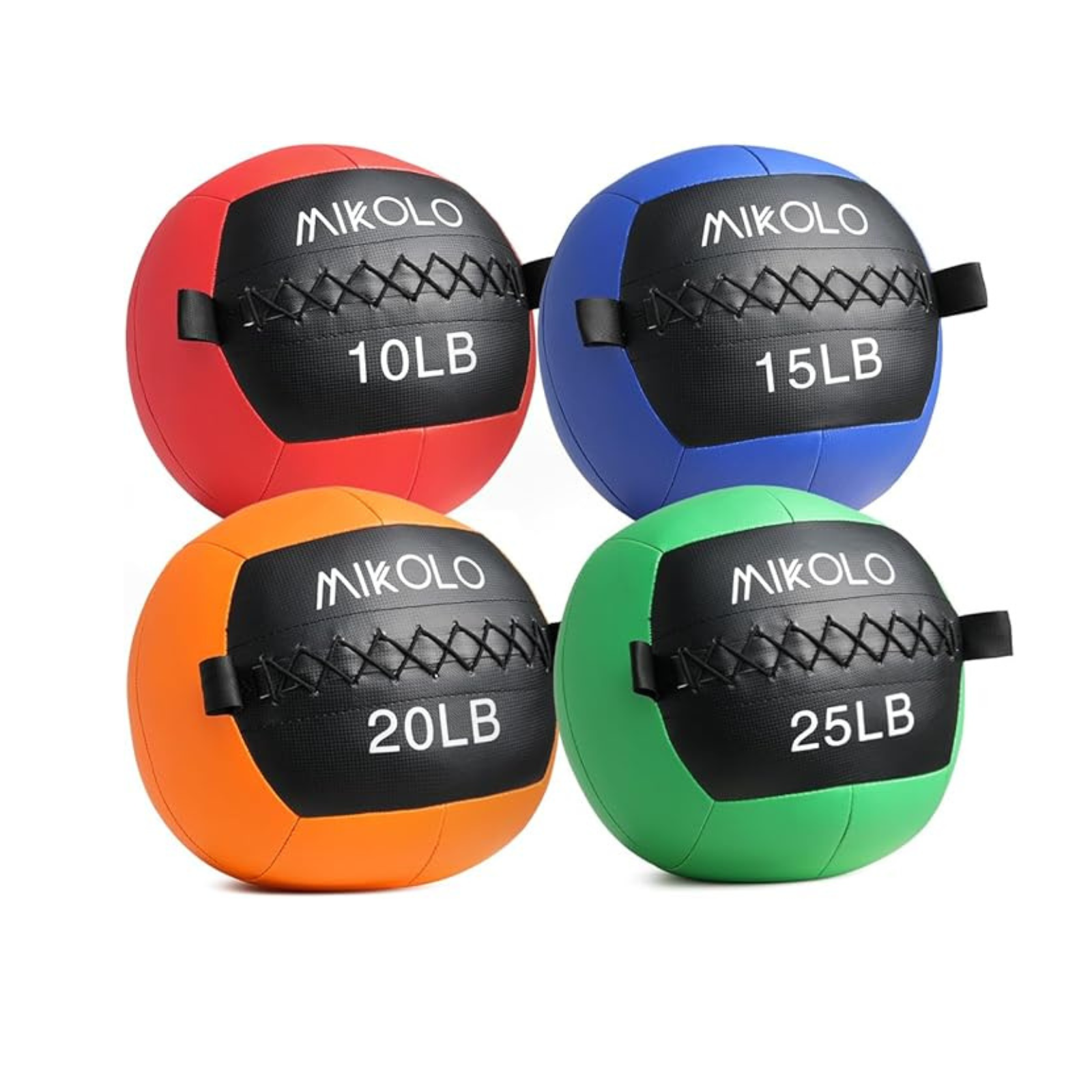
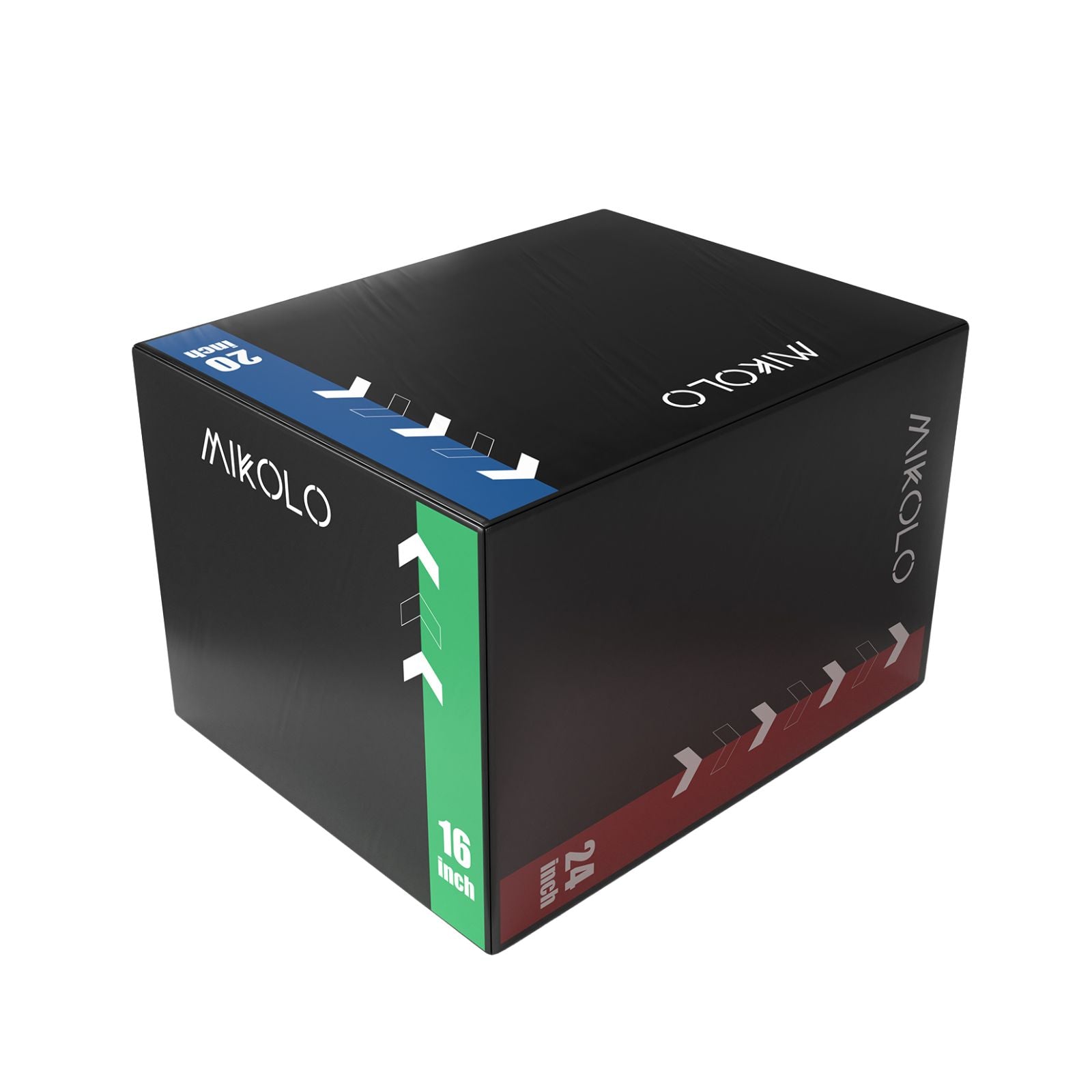
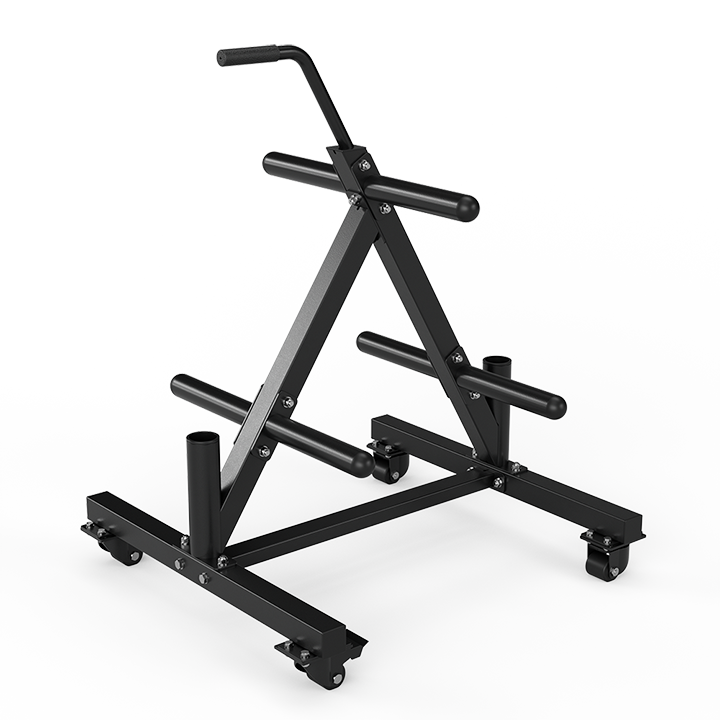
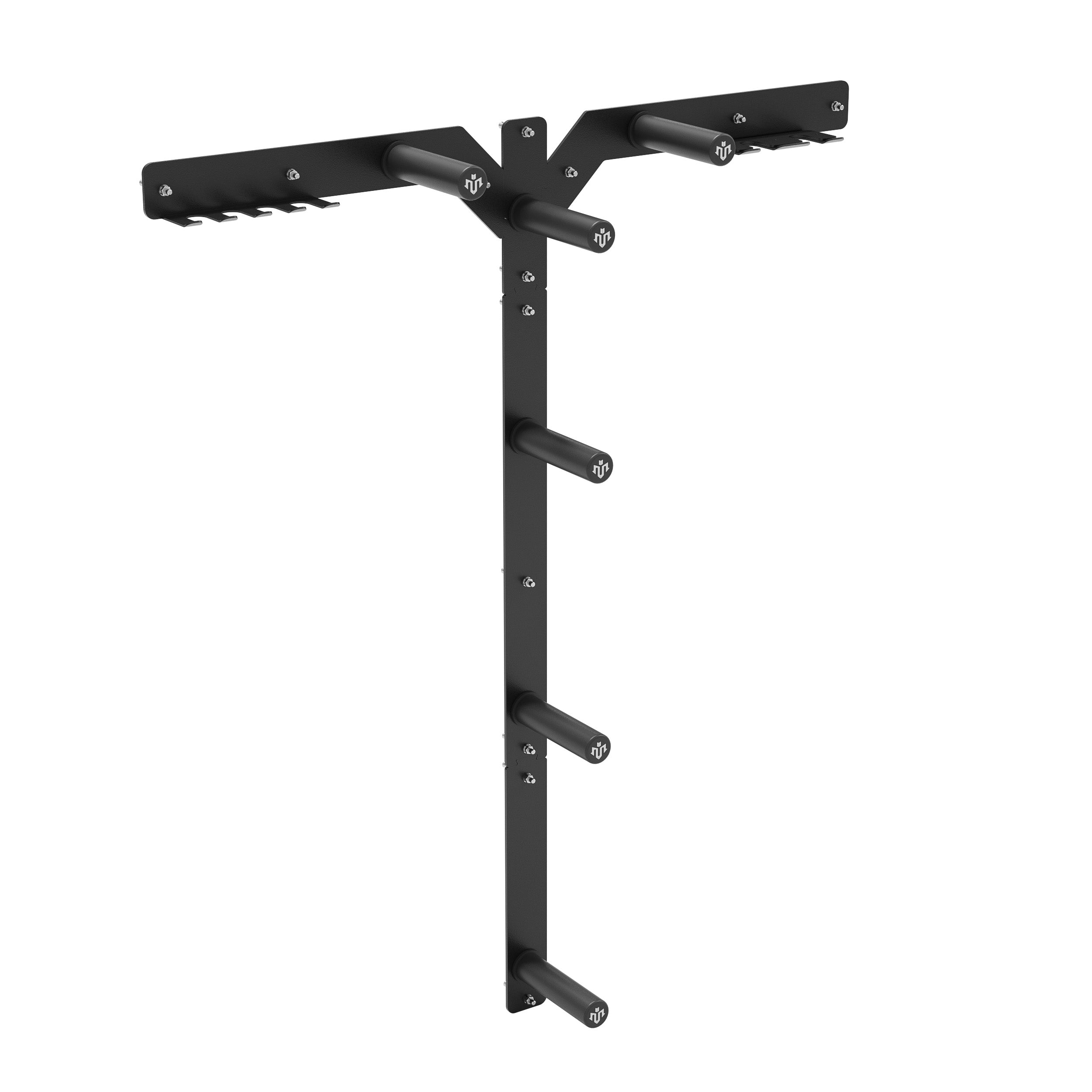




Leave a comment
This site is protected by hCaptcha and the hCaptcha Privacy Policy and Terms of Service apply.